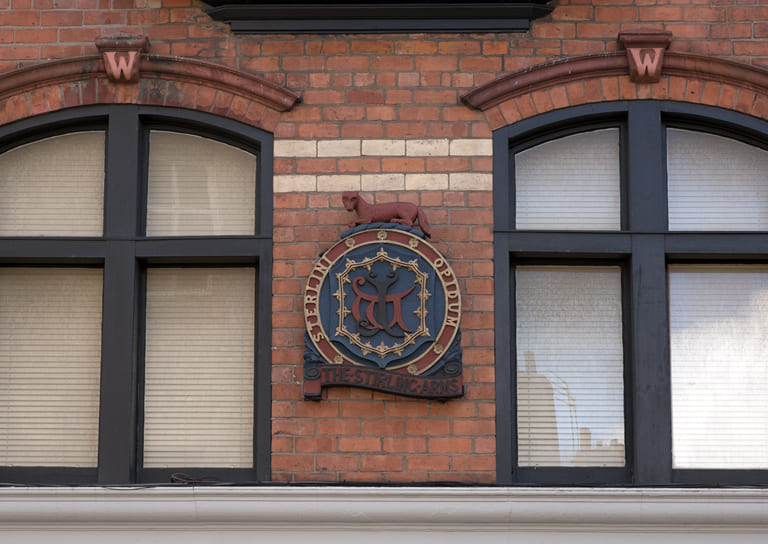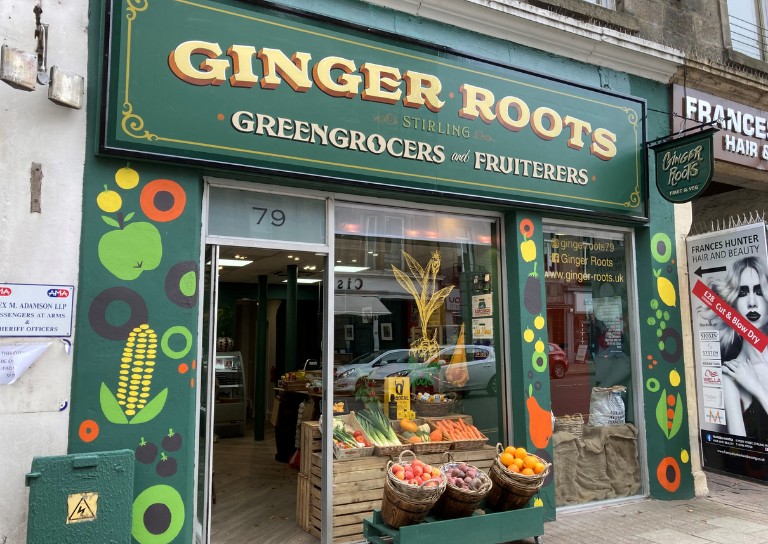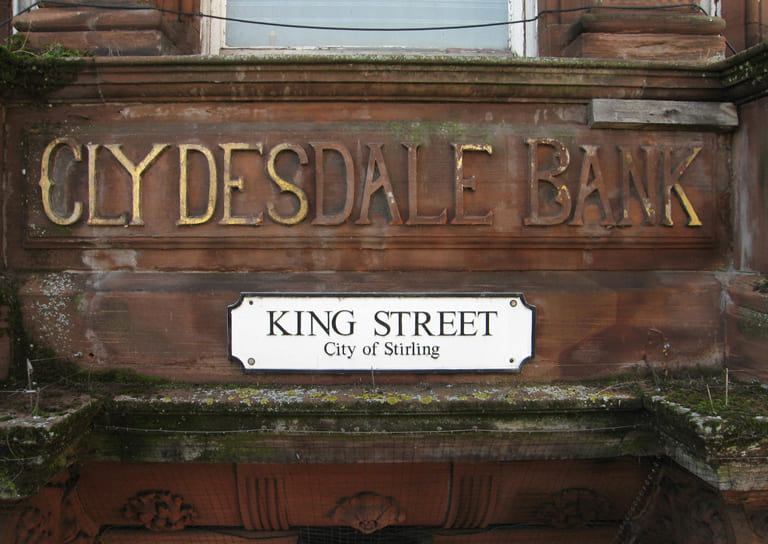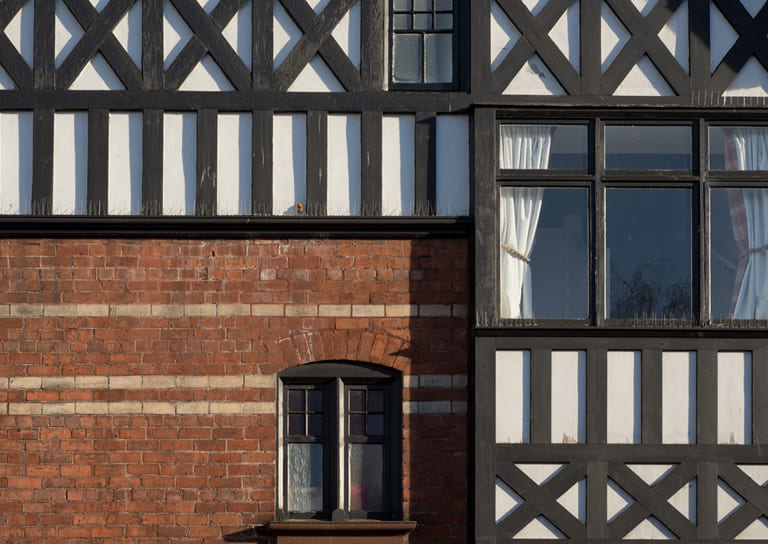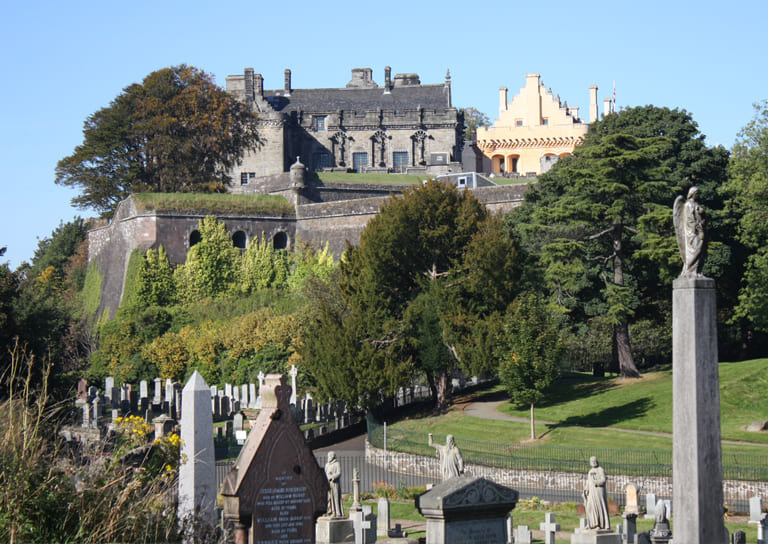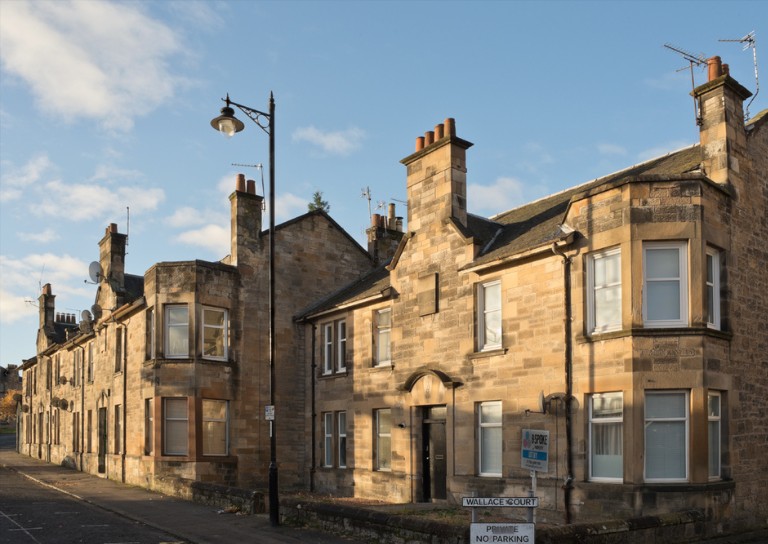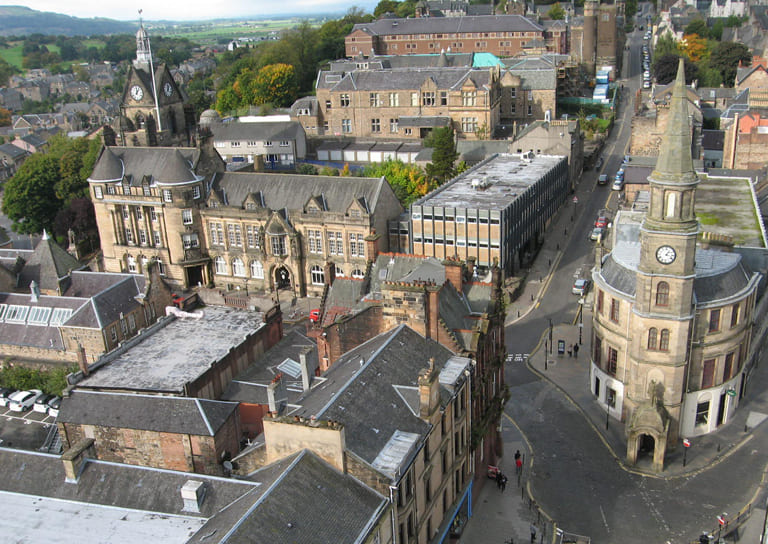- Home
- Our Work

- Stirling's Story

- Blog
- Women in Construction at Bannockburn House
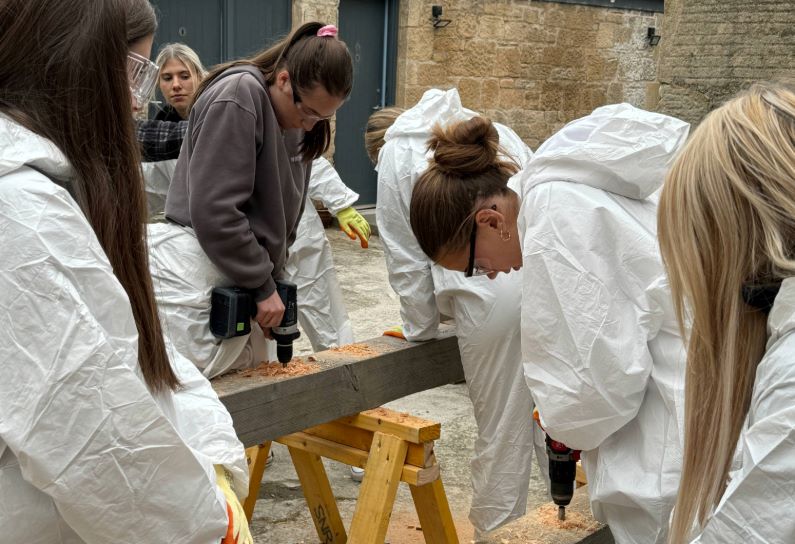
- Avenues to the Past: Stirling’s Historic Streets Exhibition
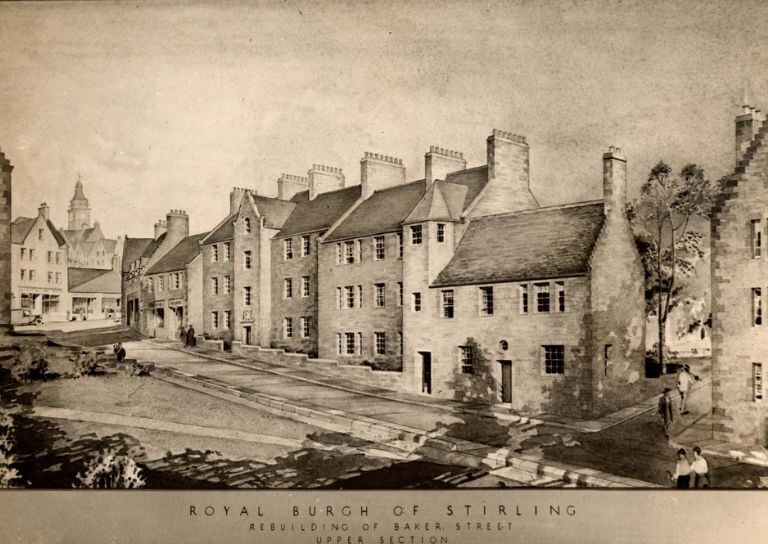
- Stirling Business Awards 2025

- What is a Conservation Area
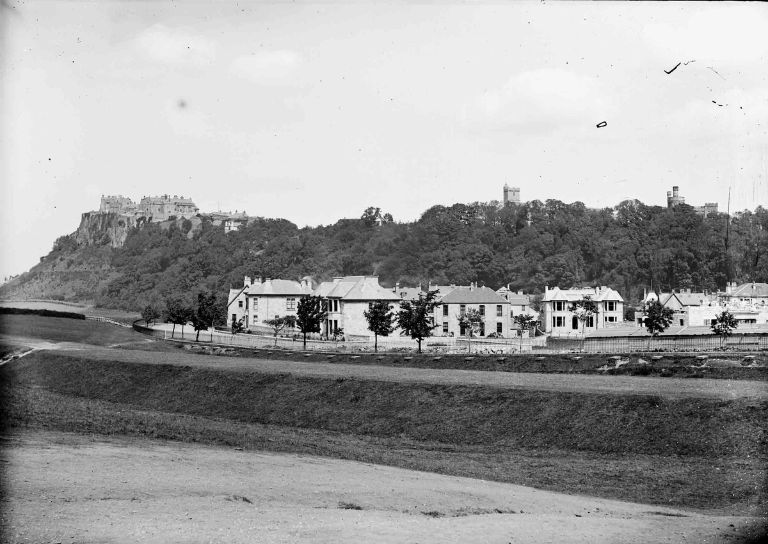
- 20 Great Buildings of Stirling
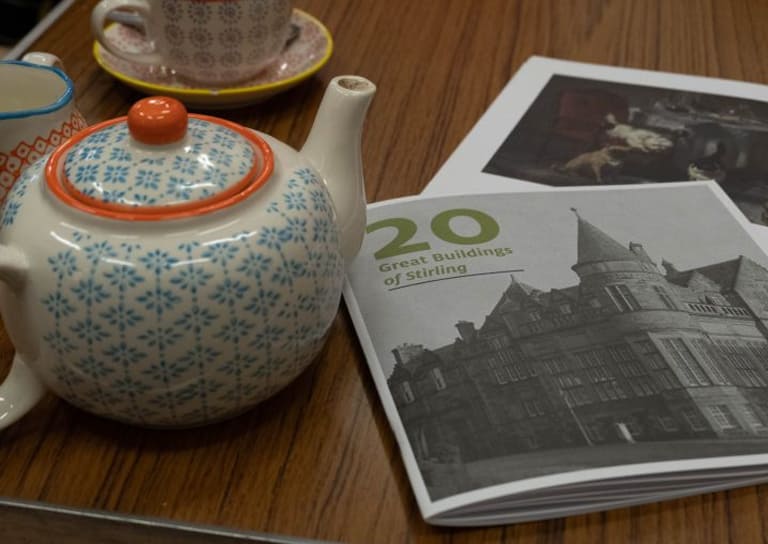
- Reminiscence Art Project
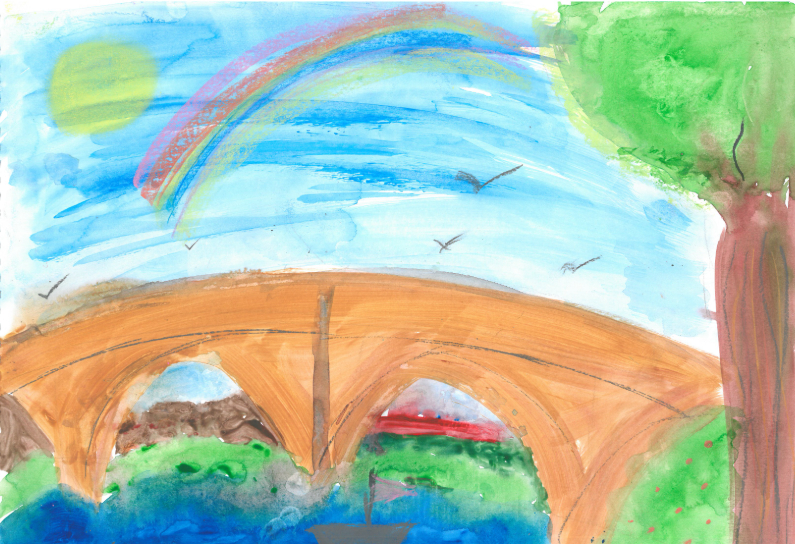
- On the European Stage: Preserving by Maintaining conference, Bratislava
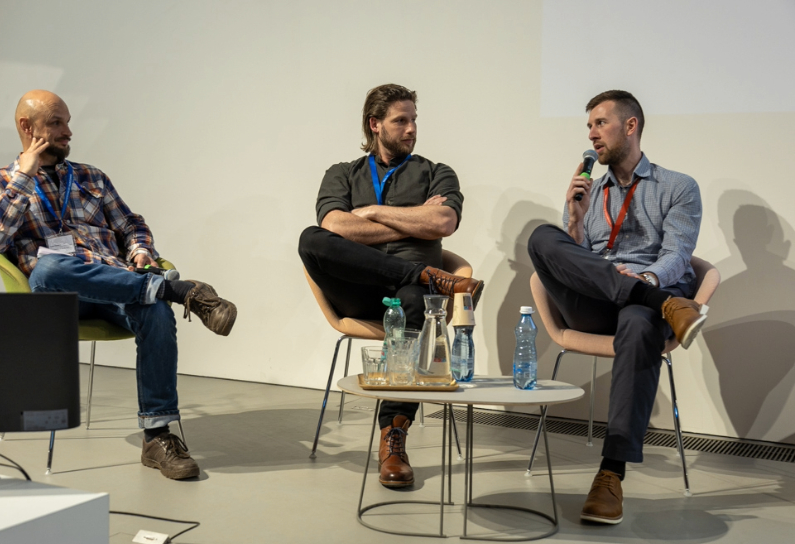
- The Abolition Movement in Stirling
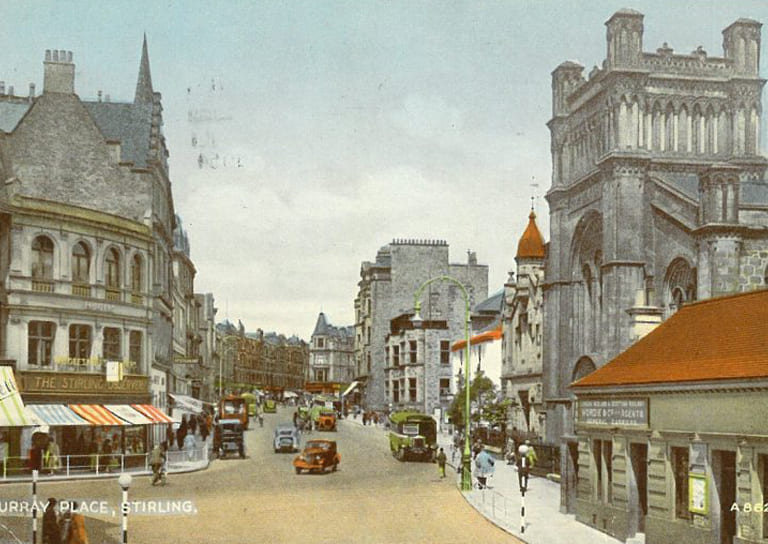
- Practical Workshop on Retrofitting Insulation with A. Proctor Group
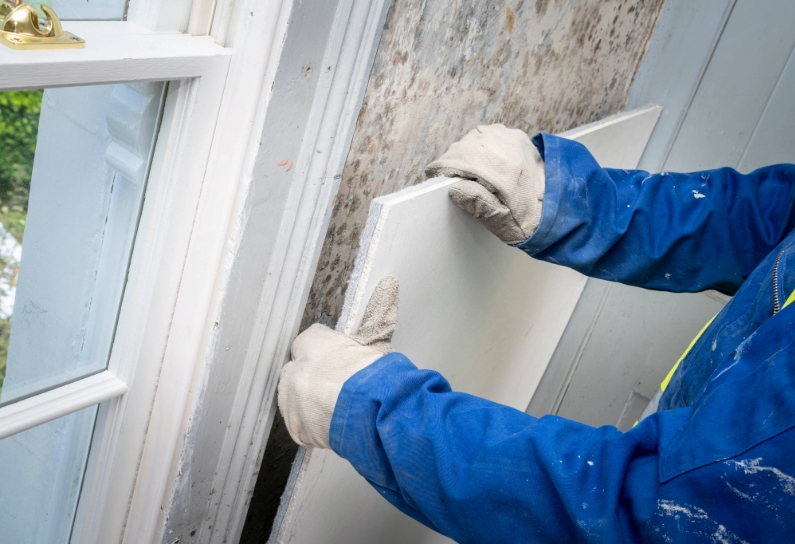
- Walker Family Visit
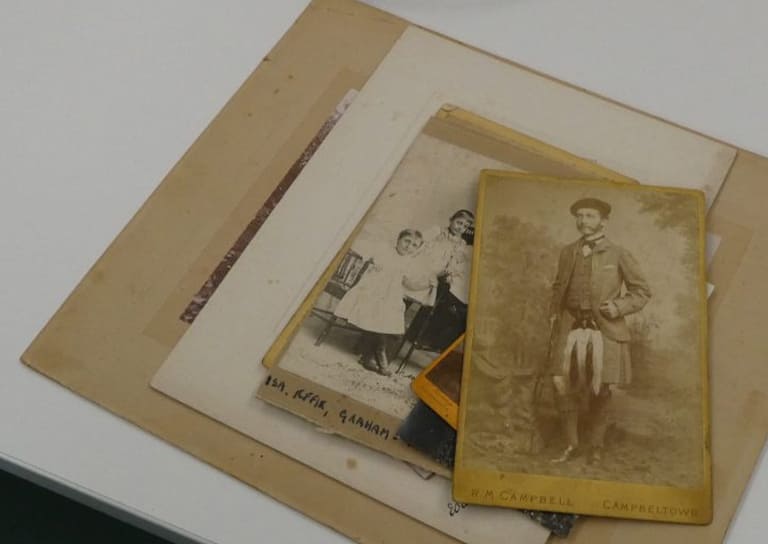
- Ghost Tales from Stirling
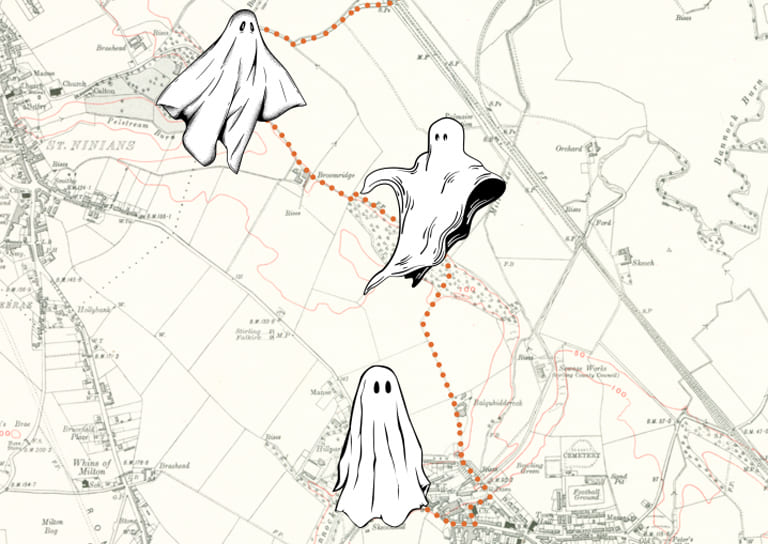
- Snowdon House and The West Indies
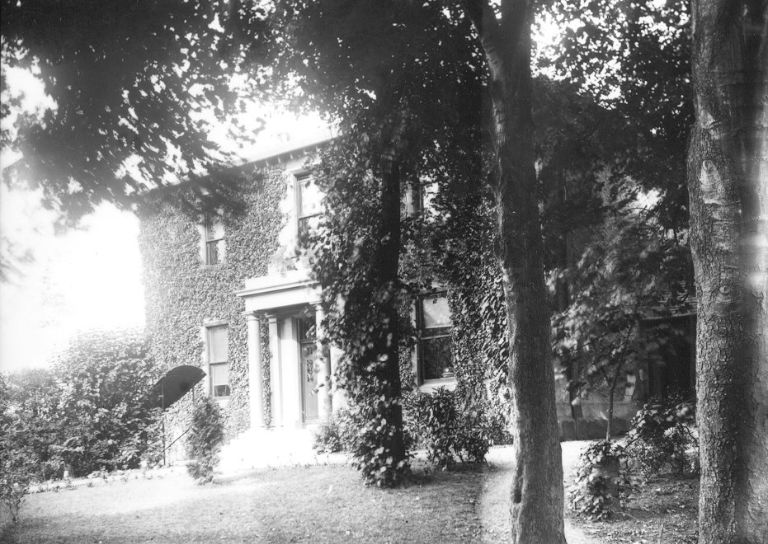
- Stirling’s Streetscape Stories: Photography Workshop
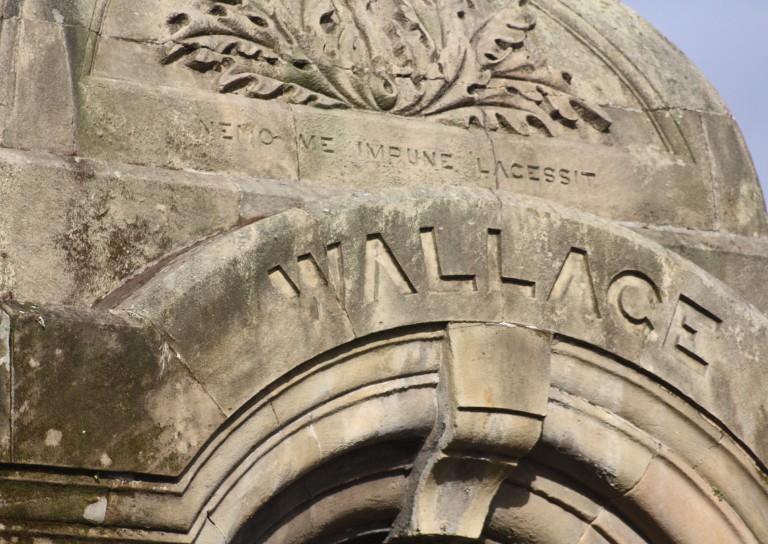
- Stirlingshire’s Highland Games
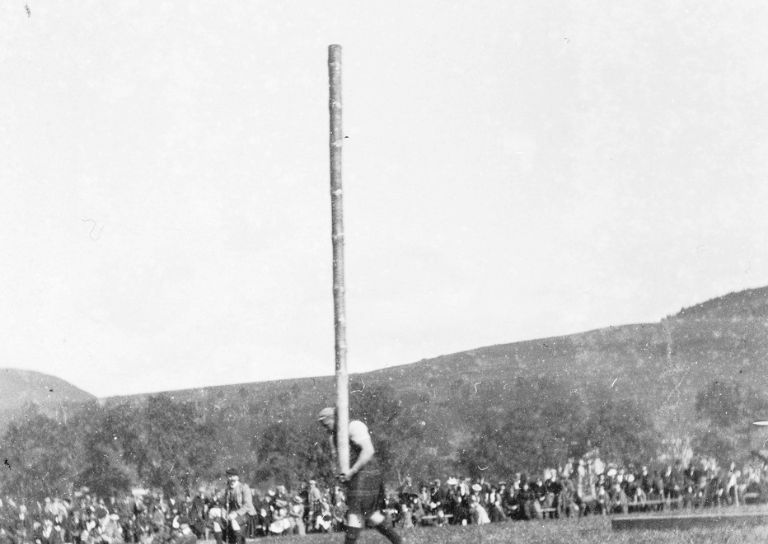
- Creative careers in the heritage sector
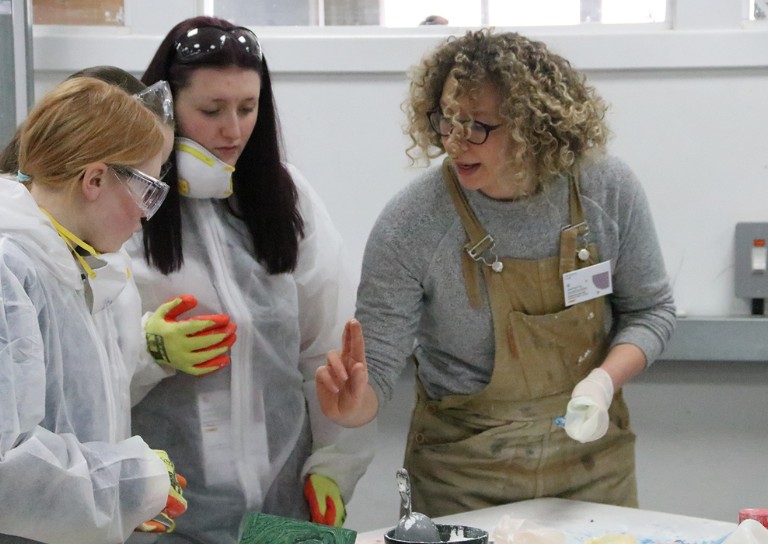
- Postcards From Stirling
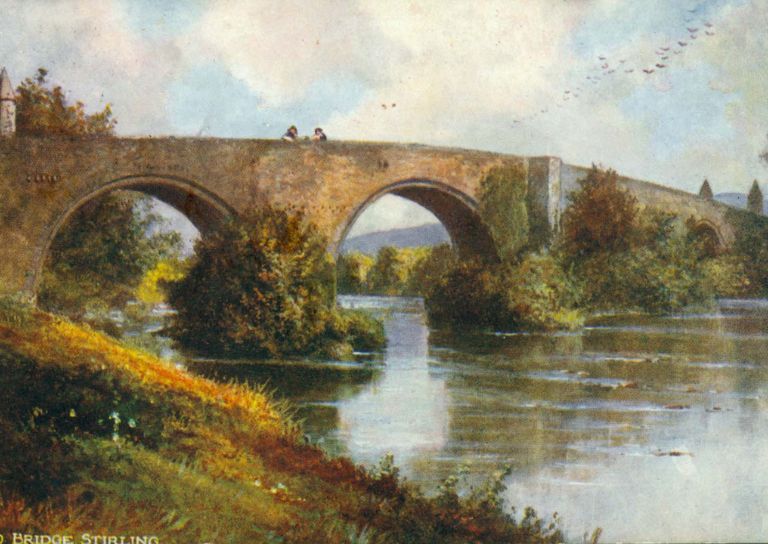
- Stirling’s Gala Days
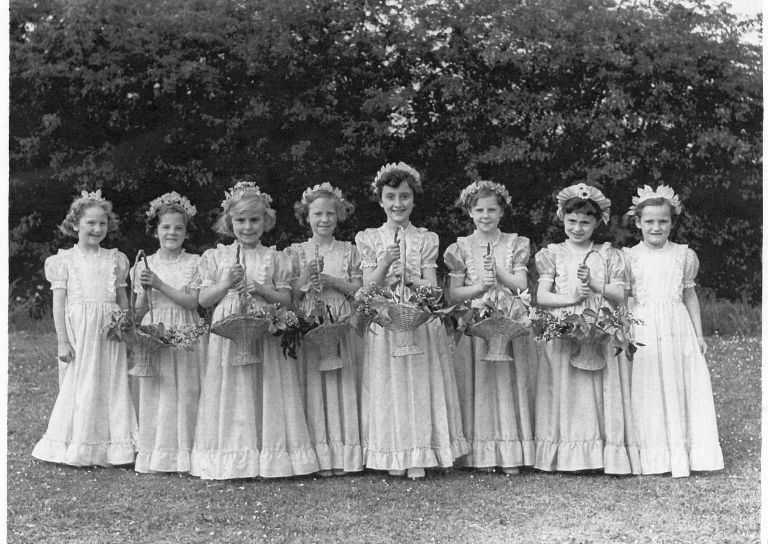
- Building Surveying Student Intern at Stirling City Heritage Trust
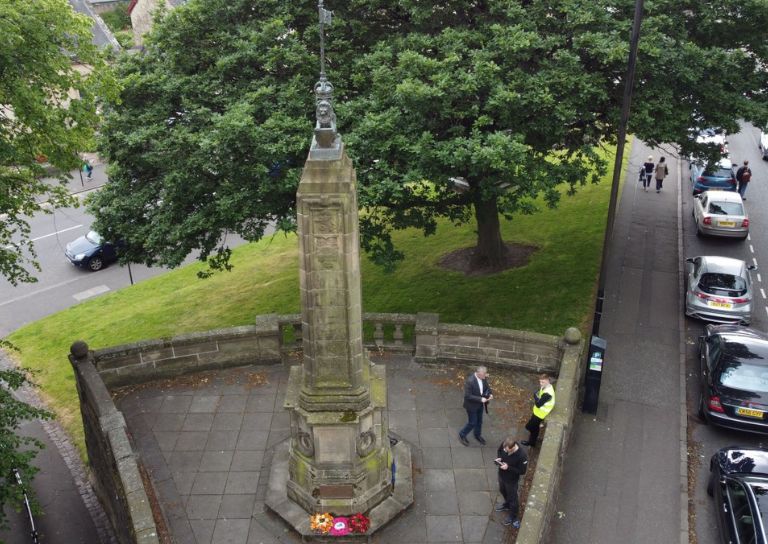
- Heritage Trail: Stirling Walks
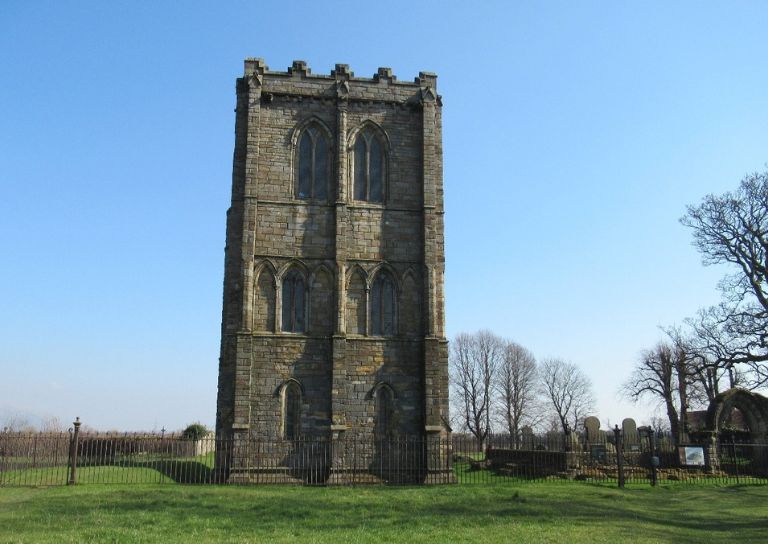
- Local History Resources
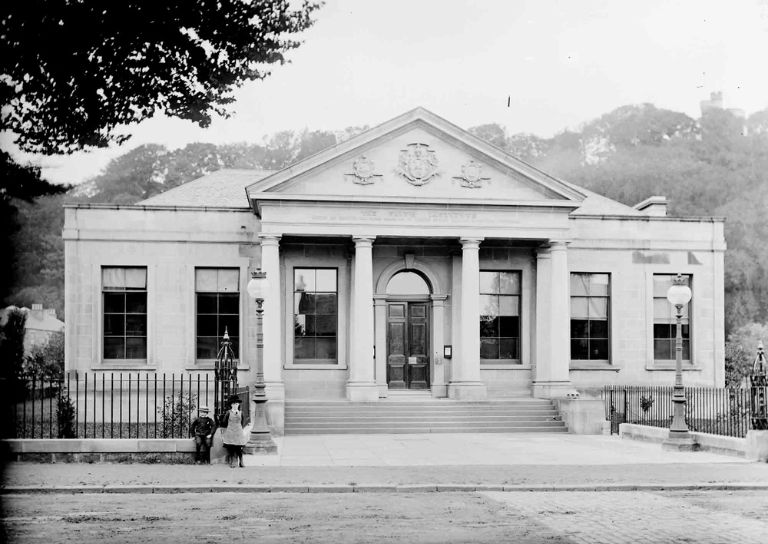
- Stirling Through the Decades
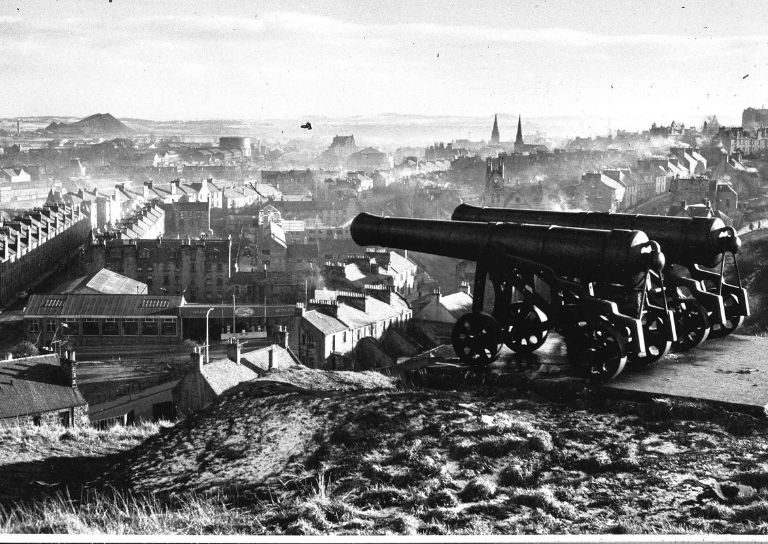
- Stirling’s STEM Pioneers
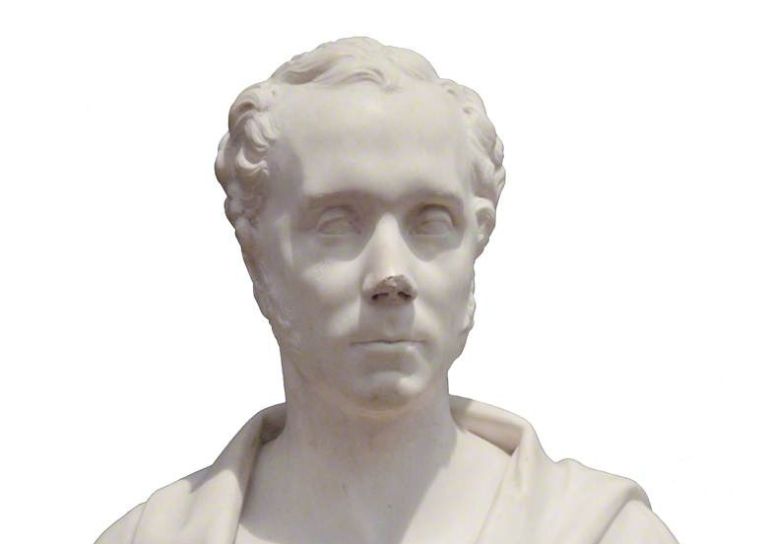
- Traditional Skills: Signwriting
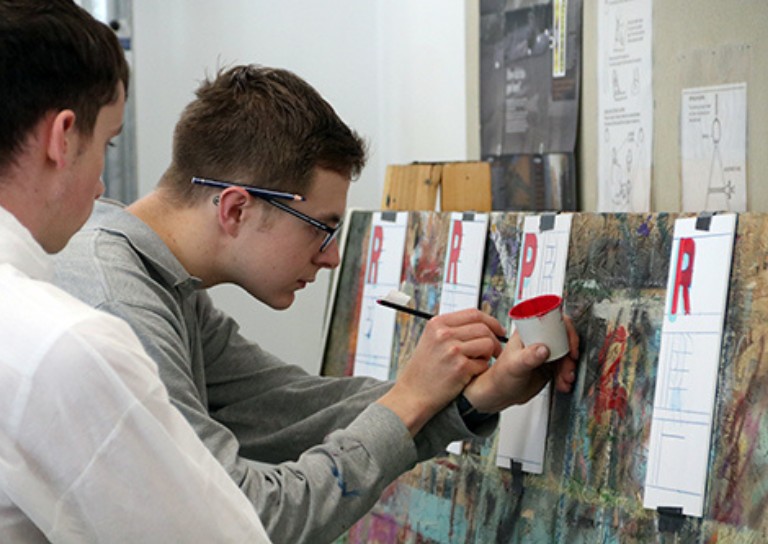
- Christian MacLagan, a pioneering lady, but born too soon?
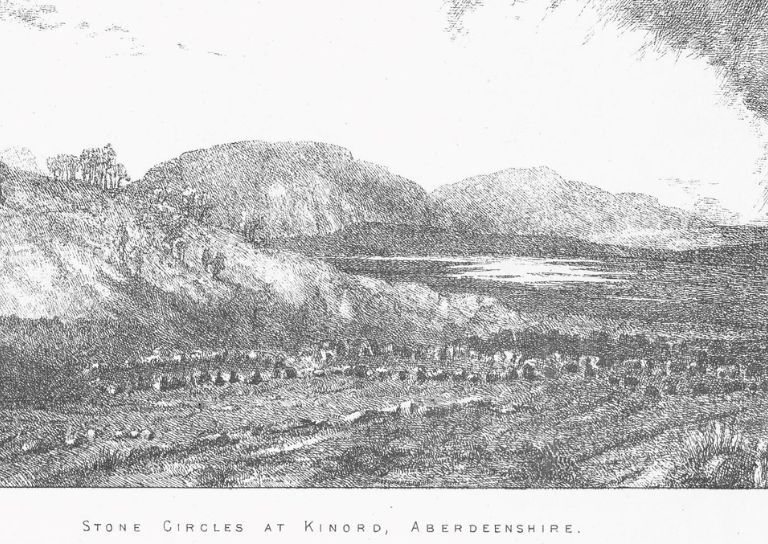
- Traditional Shopfronts in Stirling
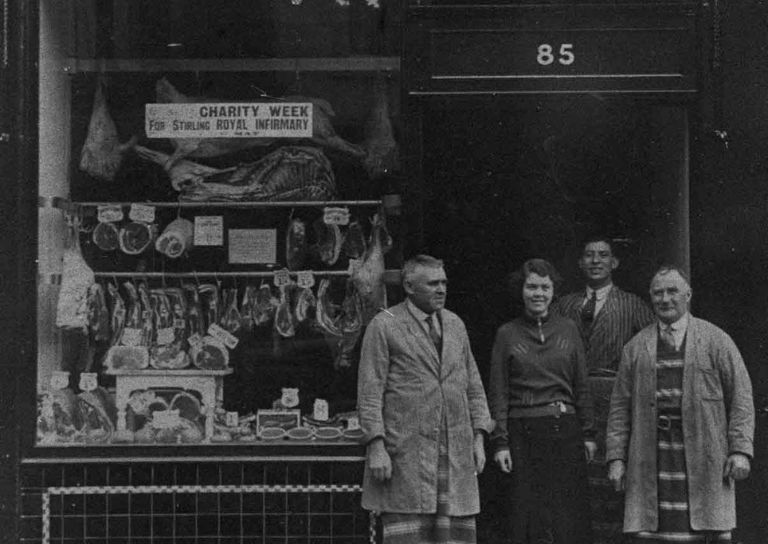
- Stirling History Books for World Book Day
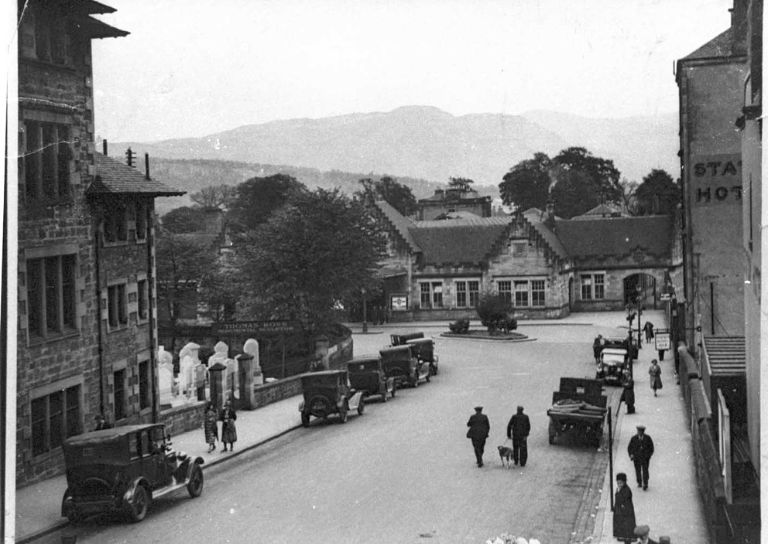
- My Favourite John Allan Building by Joe Hall
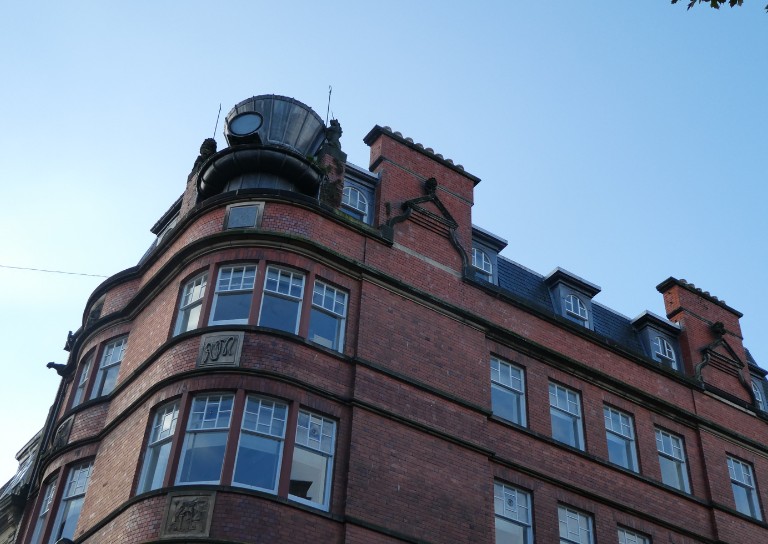
- My Favourite John Allan Building by Lindsay Lennie

- My Favourite John Allan Building by Andy McEwan
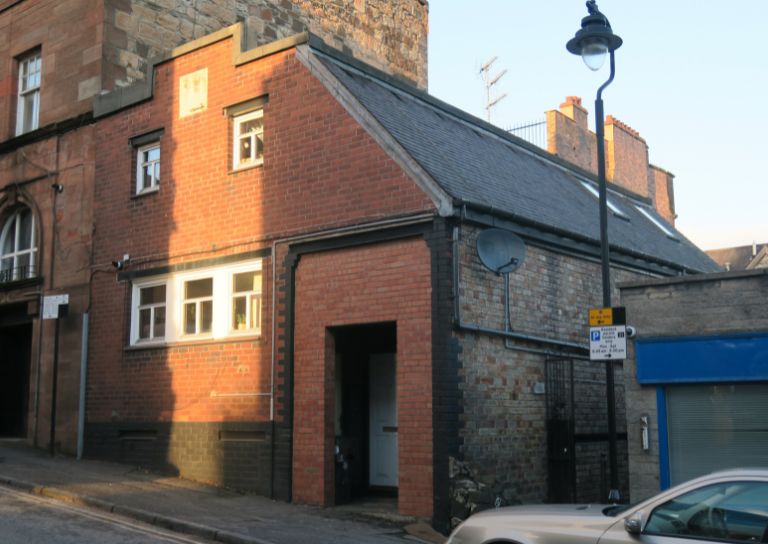
- My Favourite John Allan Building by Pam McNicol
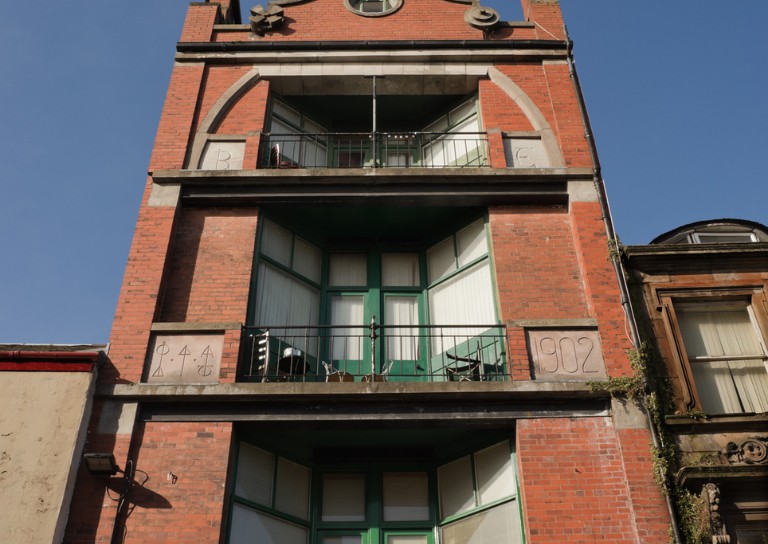
- Celebrating John Allan: A Man of Original Ideas
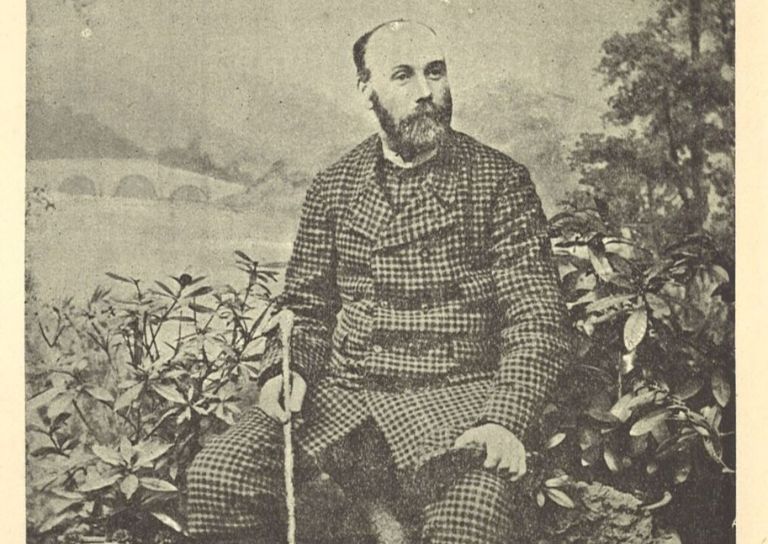
- The Tale of the Stirling Wolf
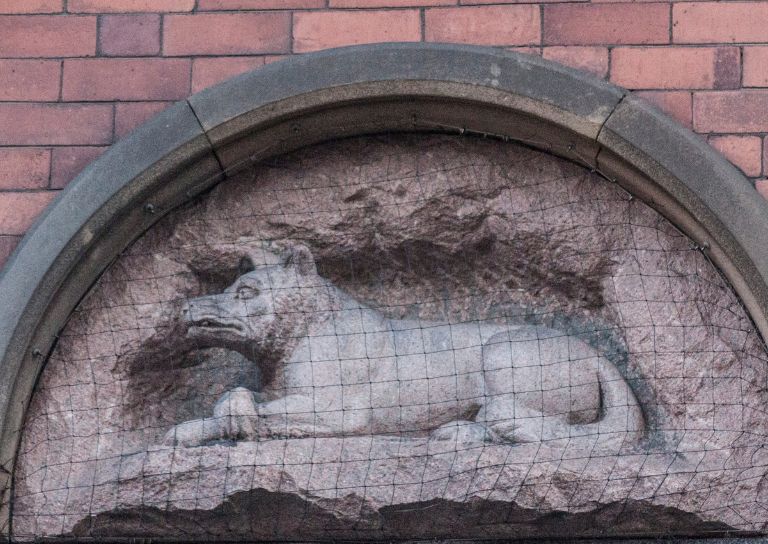
- Stirling: city of culture
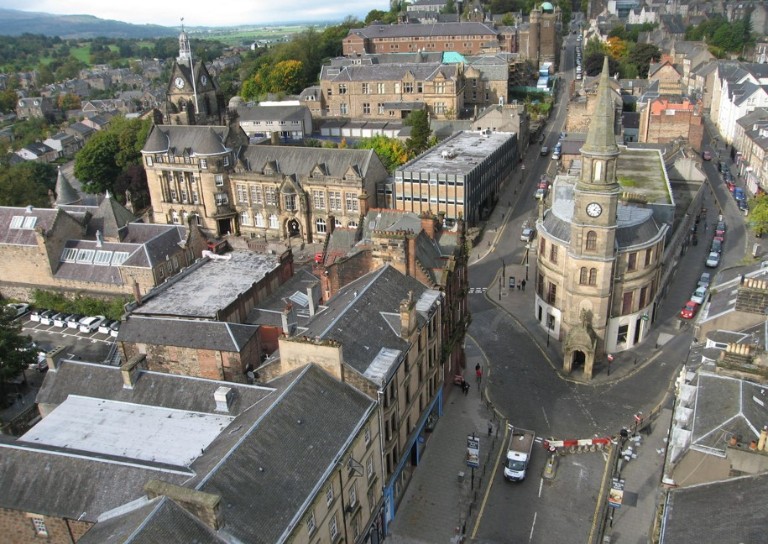
- Christmases Past in Stirling
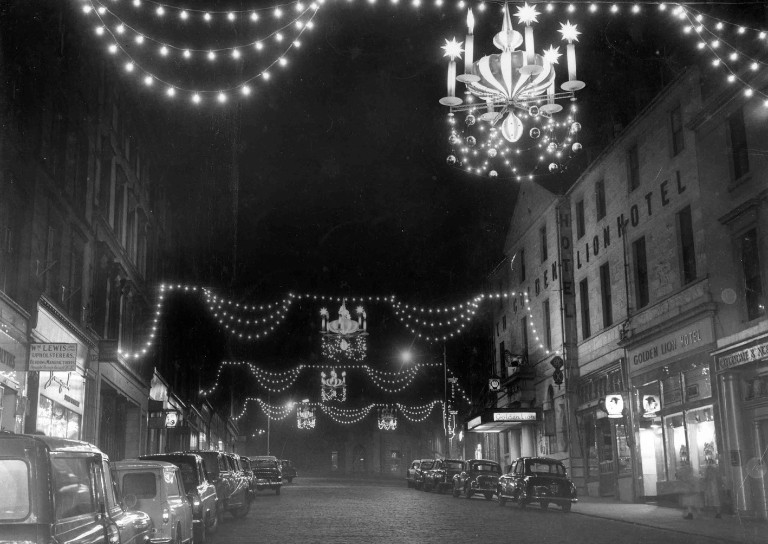
- Stirling’s Historic Graveyards
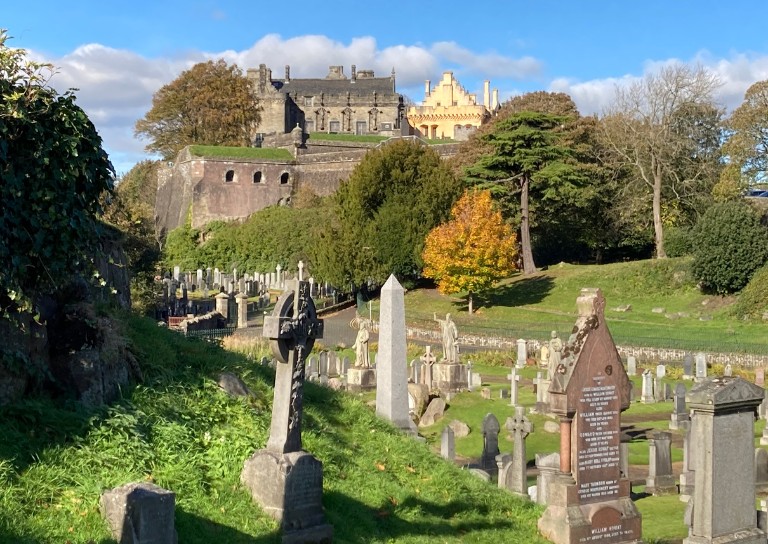
- Top 10 Tips for Architectural Photography
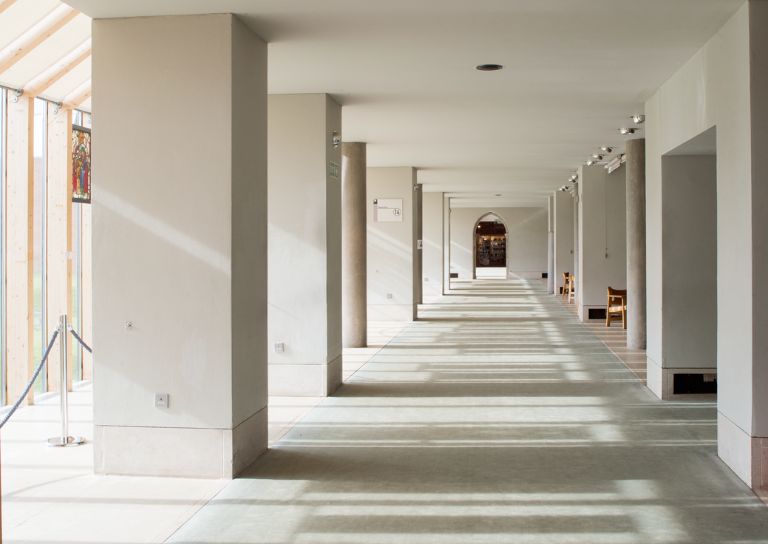
- An Interview with David Galletly
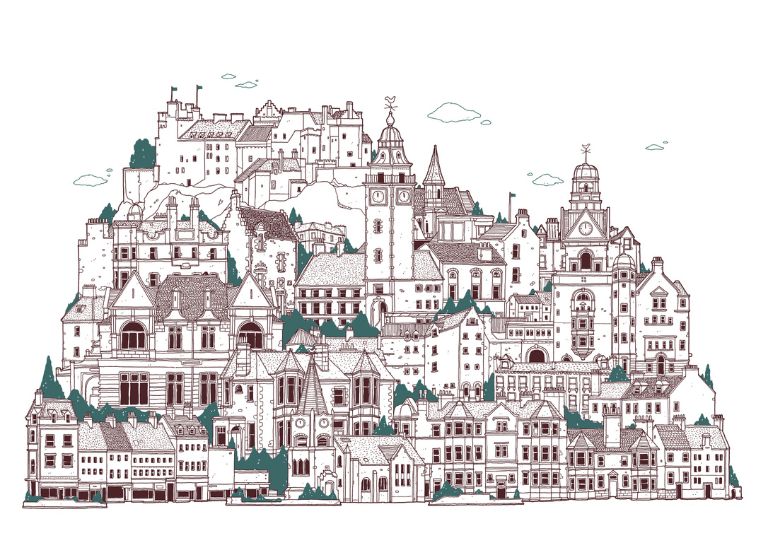
- Springtime in Stirling

- The Kings Knot – a history
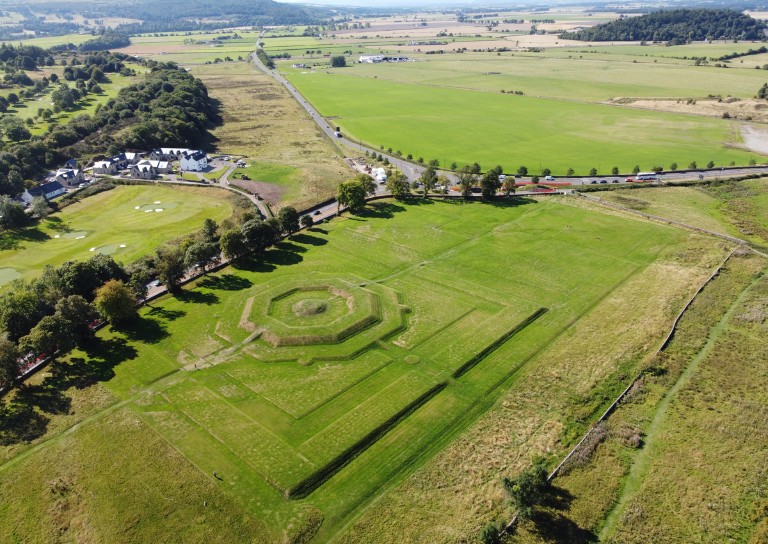
- A Future in Traditional Skills

- Robert Burns’ First Trip to Stirling

- Stirling’s Witches
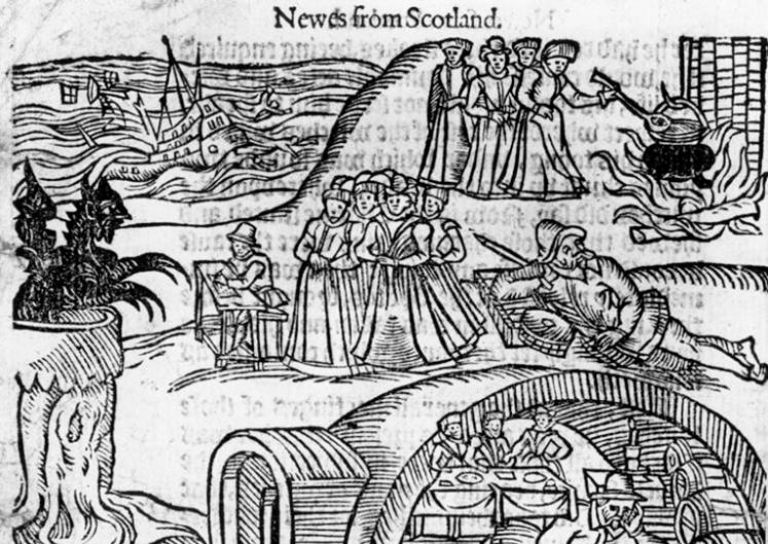
- Stirling’s Ancient Wells
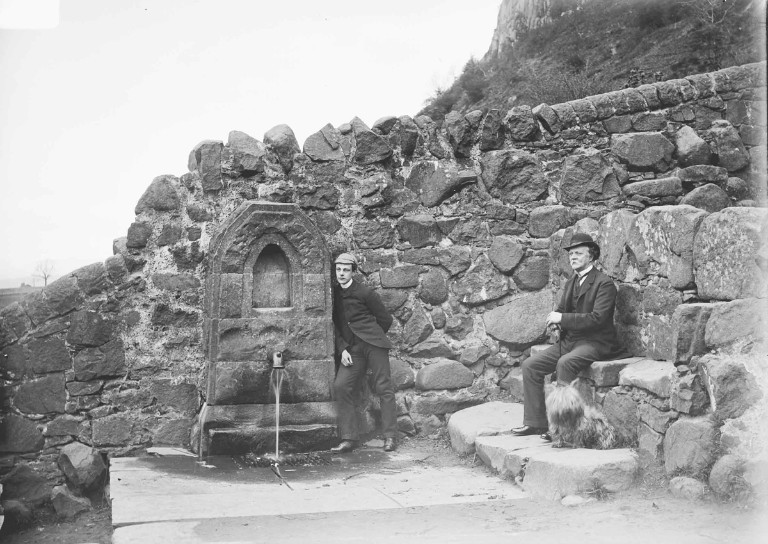
- An architecture student’s take on the City Of Stirling
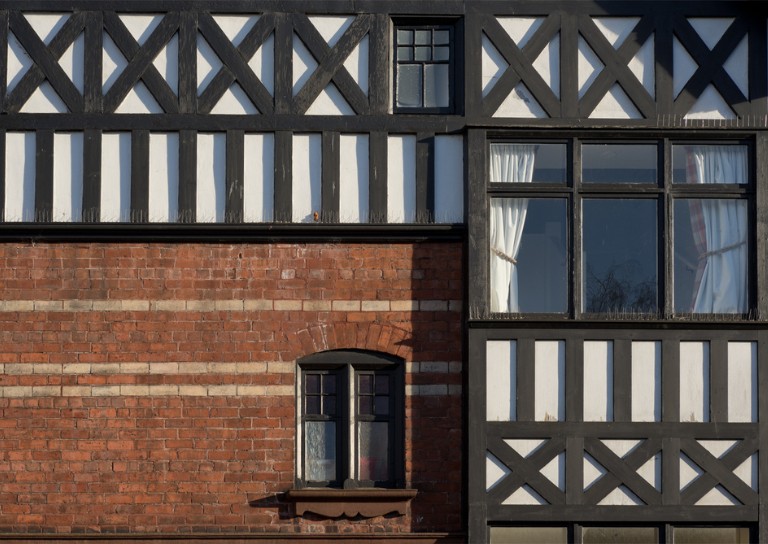
- Ronald Walker: Stirling’s Architect

- Stirling’s Statues
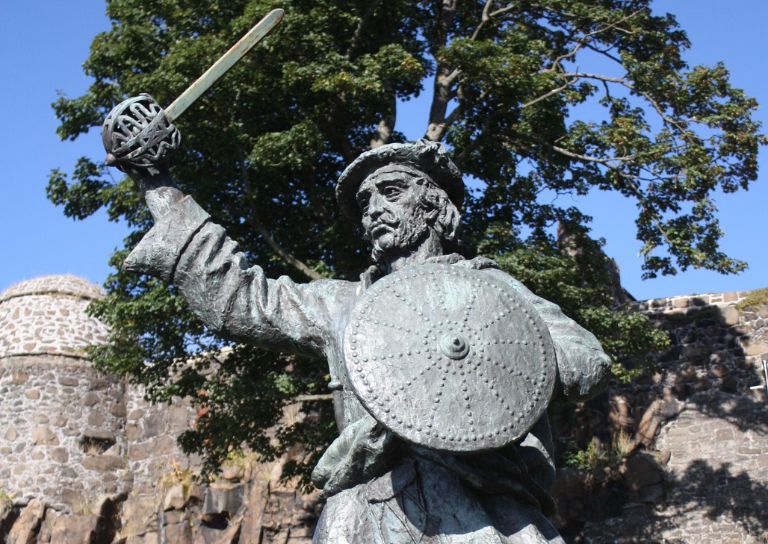
- Stirling’s Wee Bungalow Shops
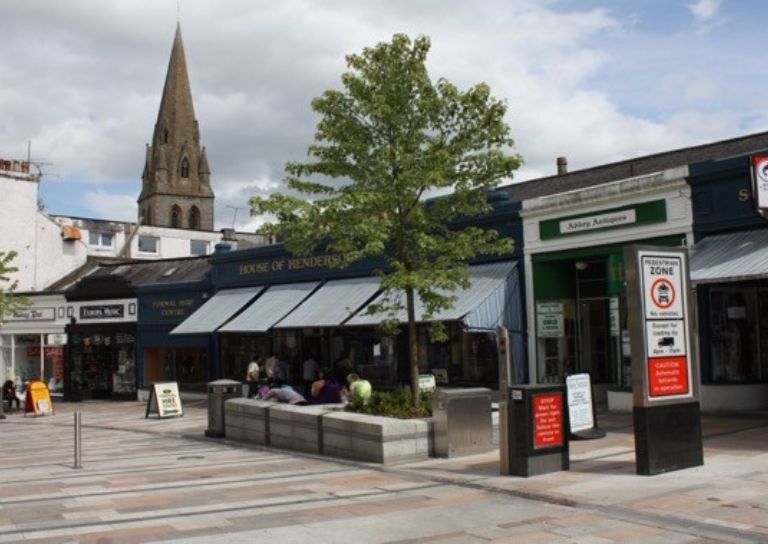
- Stirling’s Historic Hospitals

- Women in Digital Innovation and Construction
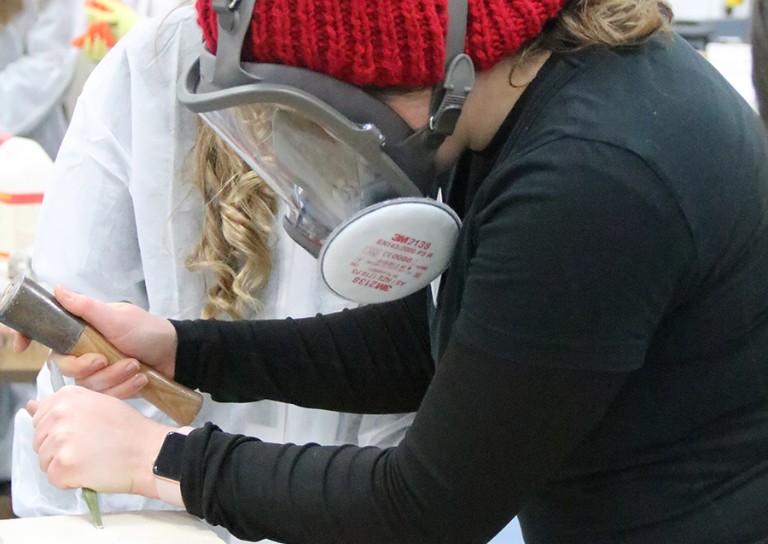
- Heritage at home: 8 of the best online heritage resources
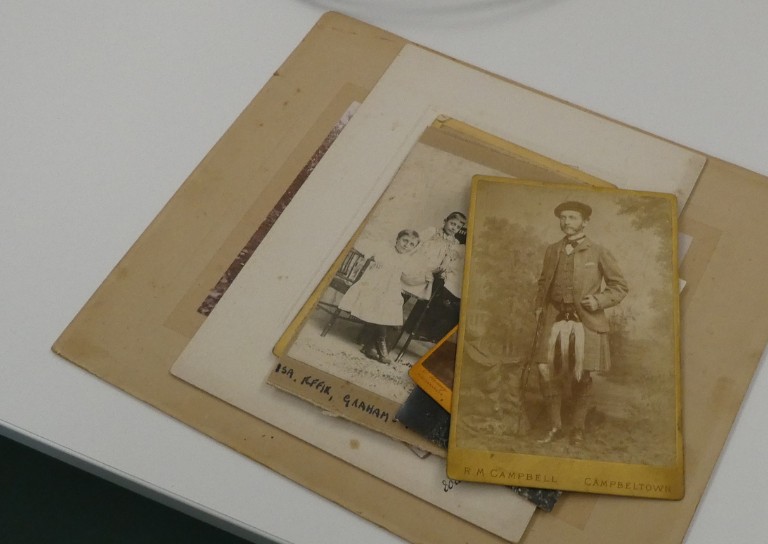
- Stirling featured at virtual heritage conference

- Five of Stirling’s greatest John Allan buildings
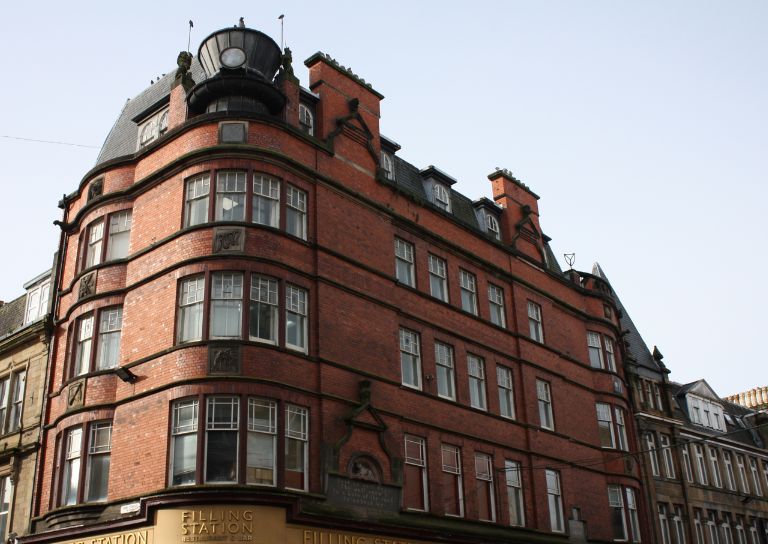
- Women in Construction – Stirling event report

- Scotland’s trailblazing women architects
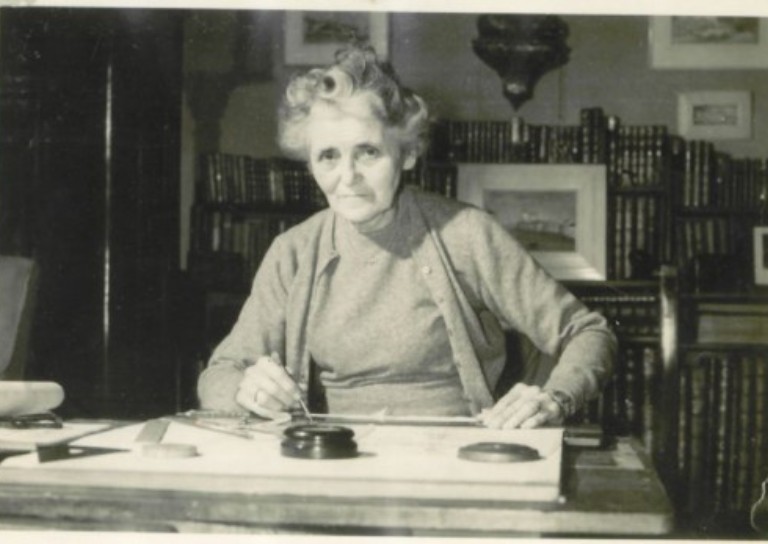
- Stirling’s Heritage: Spotlight on The Granary
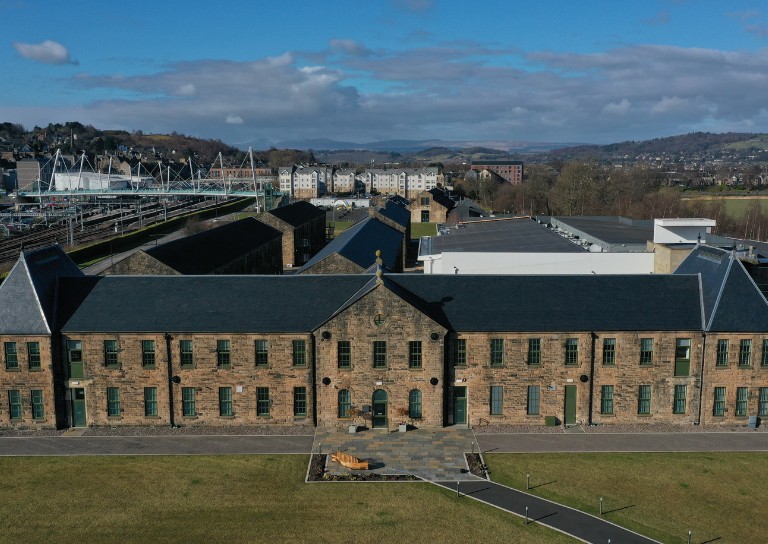
- TBHC Scheme now open to properties in Dunblane and Blairlogie
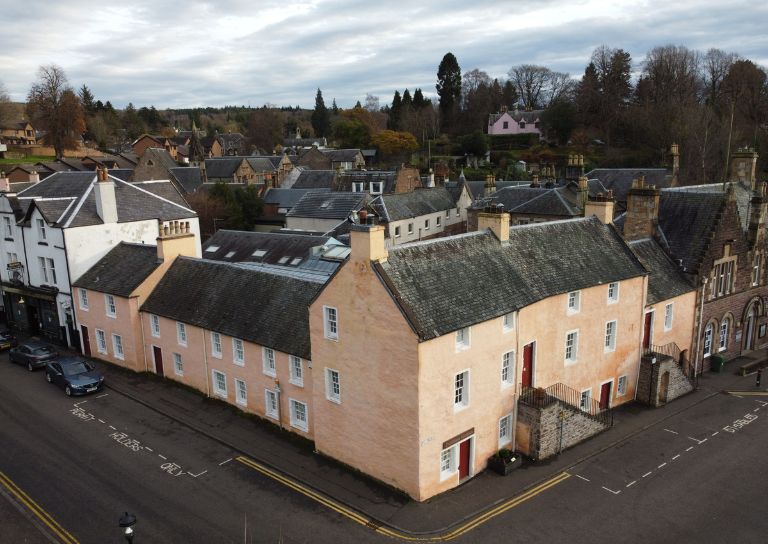
- How drones help us inspect traditional buildings

- Hazardous Masonry & Masonry Falls
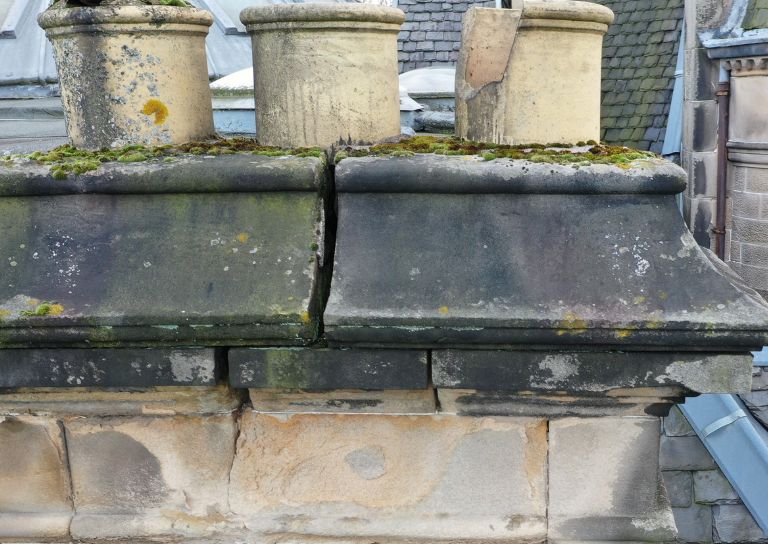
- Mason Bees: What’s the Buzz?
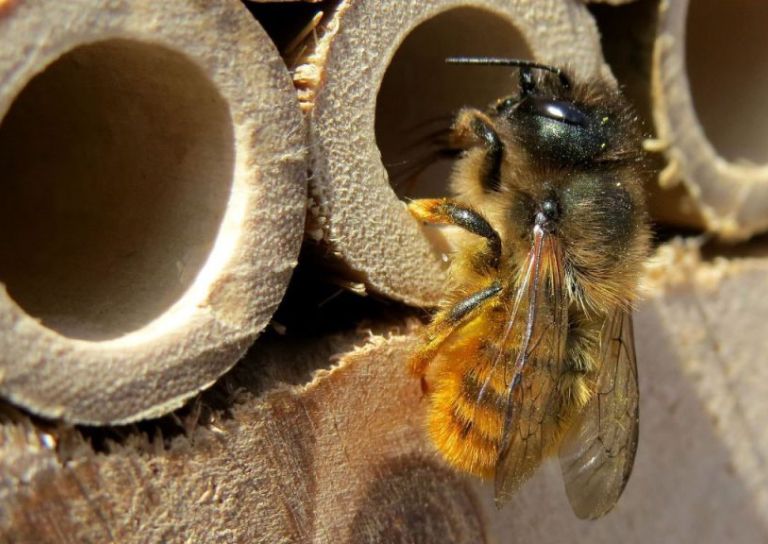
- Stirling Traditional Skills Demonstration Day Success!
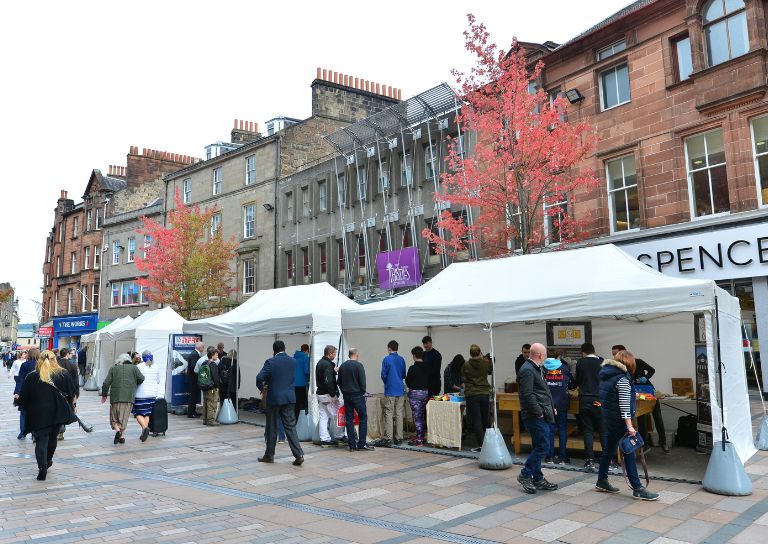
- Floating Head Sculpture at Garden Glasgow Festival 1988
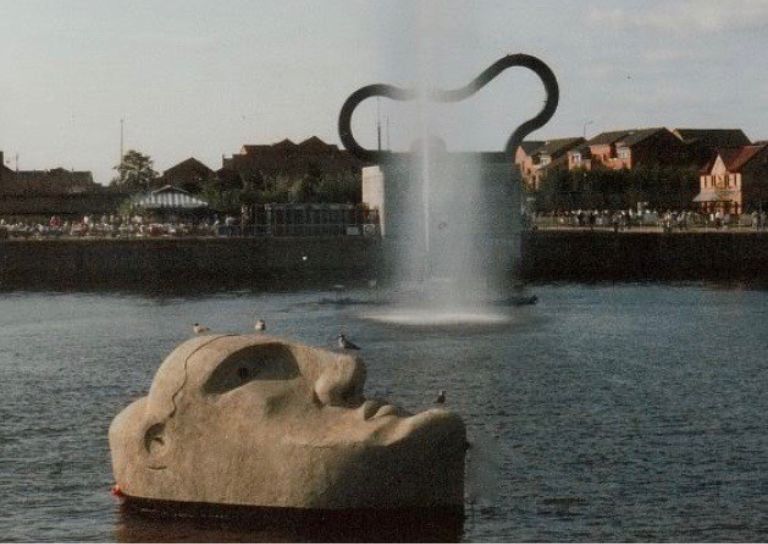
- The story behind Paisley Abbey’s Alien gargoyle
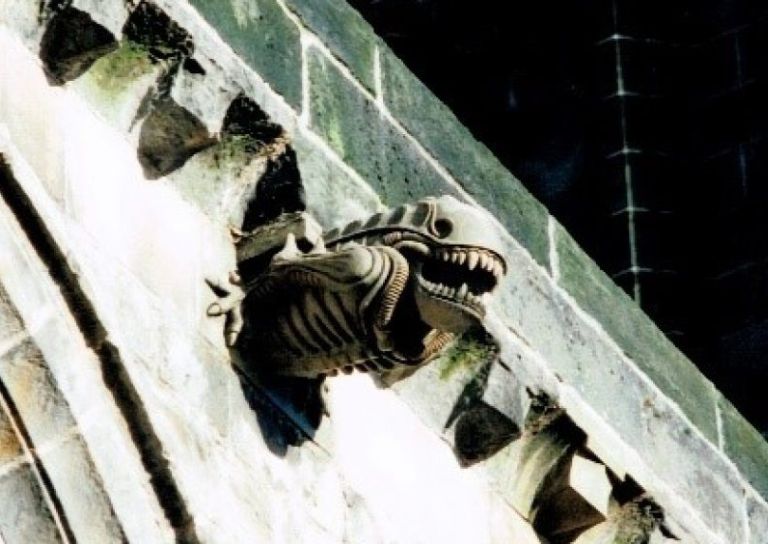
- Cambuskenneth Abbey

- Stirling City Heritage Trust Publications

- Sharing Memories: Taking '20 Great Buildings of Stirling' into the community
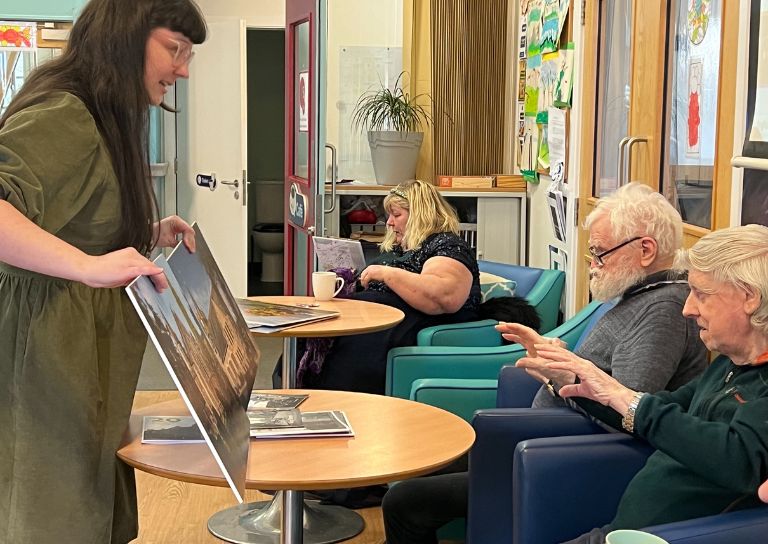
- William Wallace Statues In Stirling
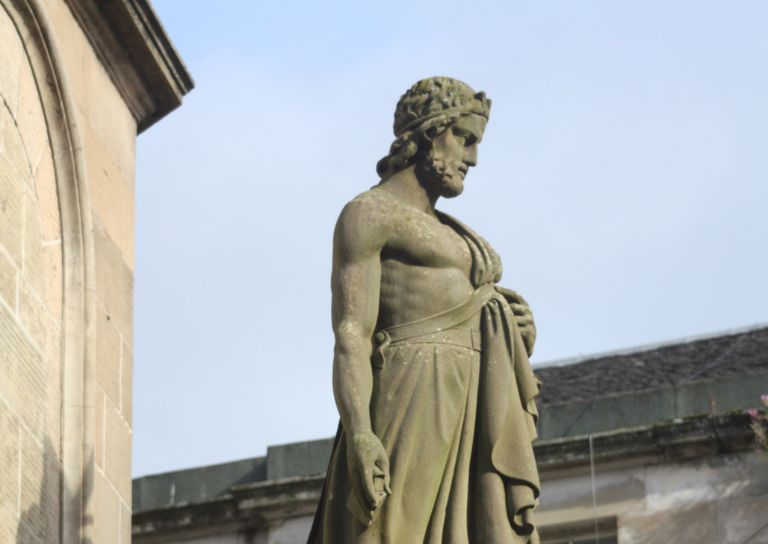
- Coronations and Royal Christenings in Stirling
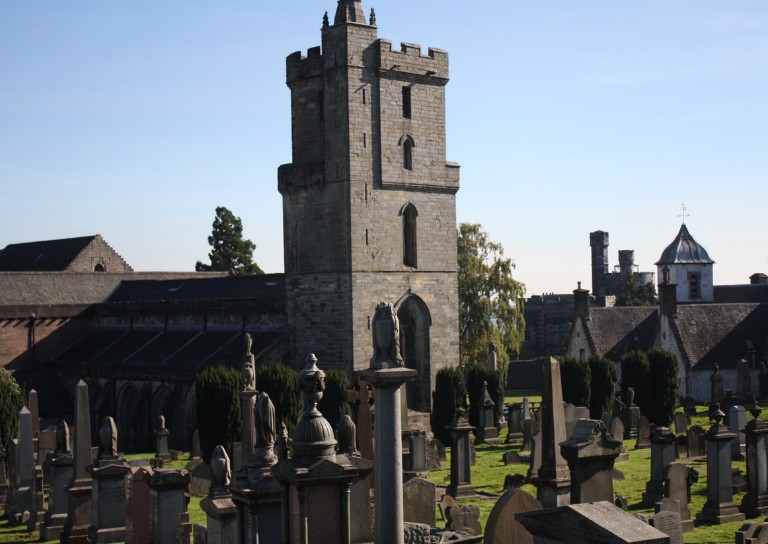
- The development of King's Park

- Energy efficiency project awarded grant from Shared Prosperity Fund
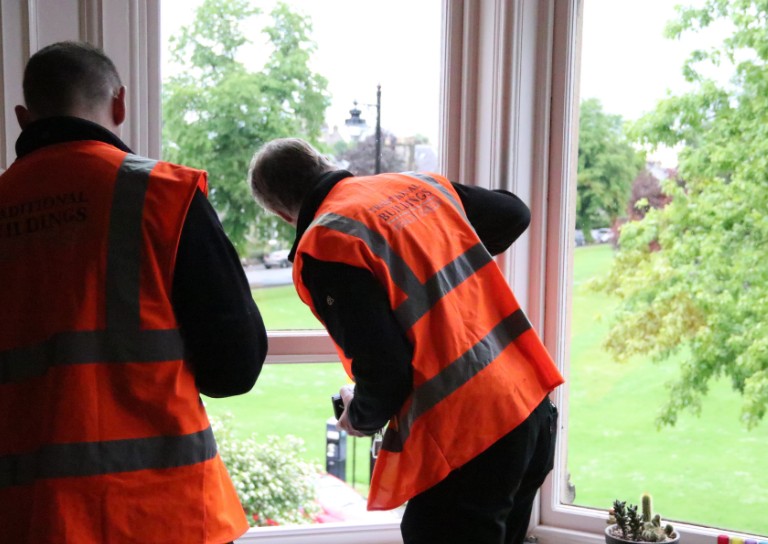
- Inspiring the Future: Stirling City Heritage Trust's Women in Construction Event at Wallace High
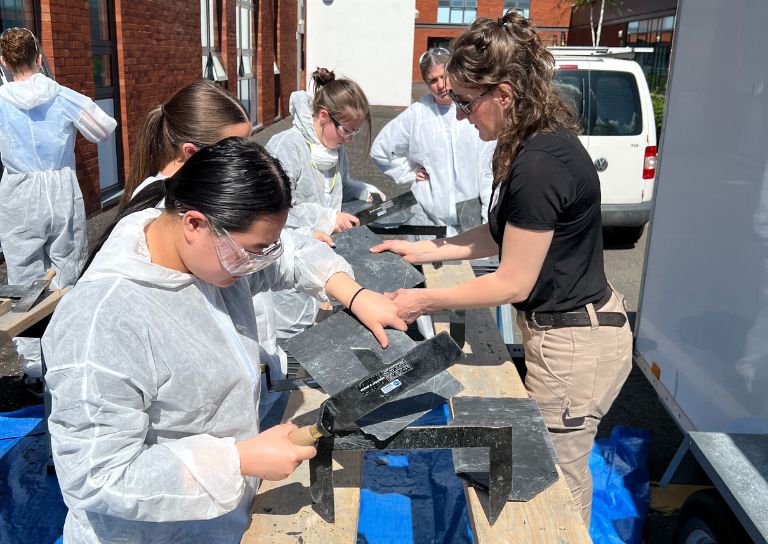
- Doors Open Days Talk: Who Built Stirling?
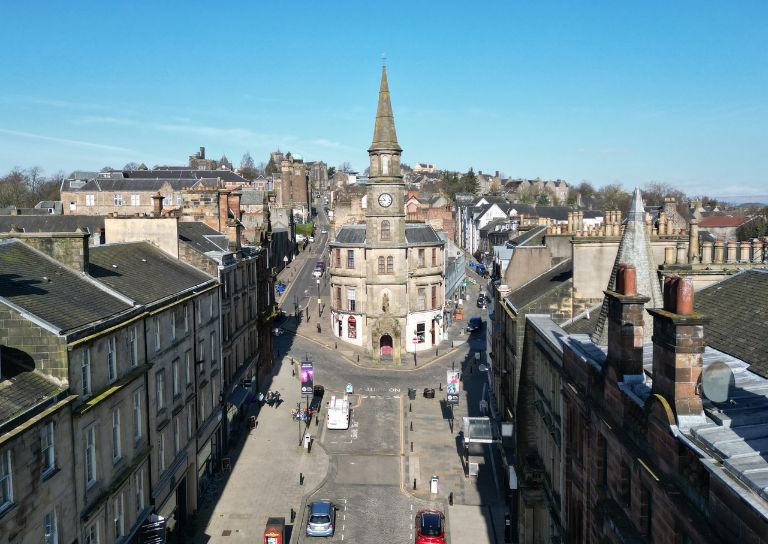
- 10 Years of the Traditional Buildings Health Check

- Growing up in Stirling: A Night of Reminiscence at The Smith
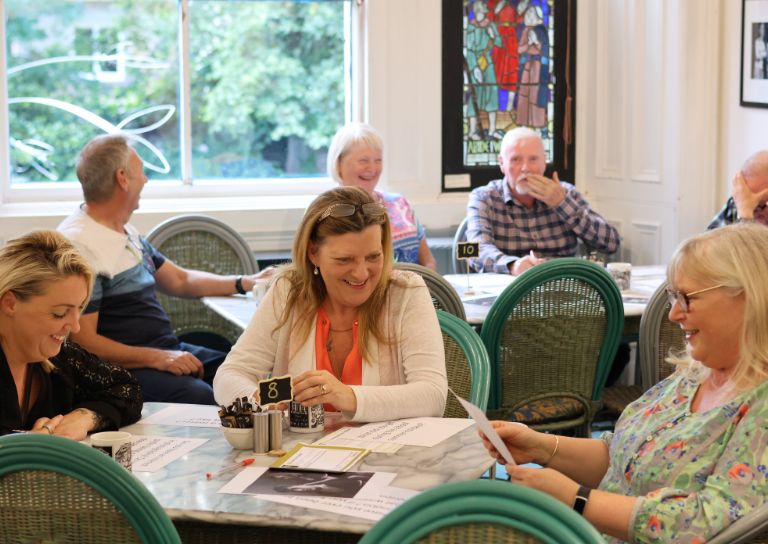
- SCHT visit to Brucefield Estate, Forestmill, Clackmannanshire

- Statement on Christie Clock
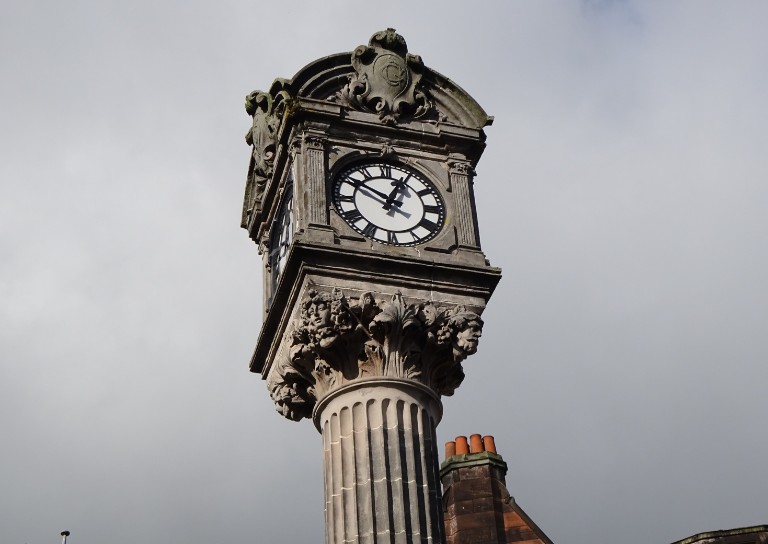
- Stirling’s Lost Skating Heritage
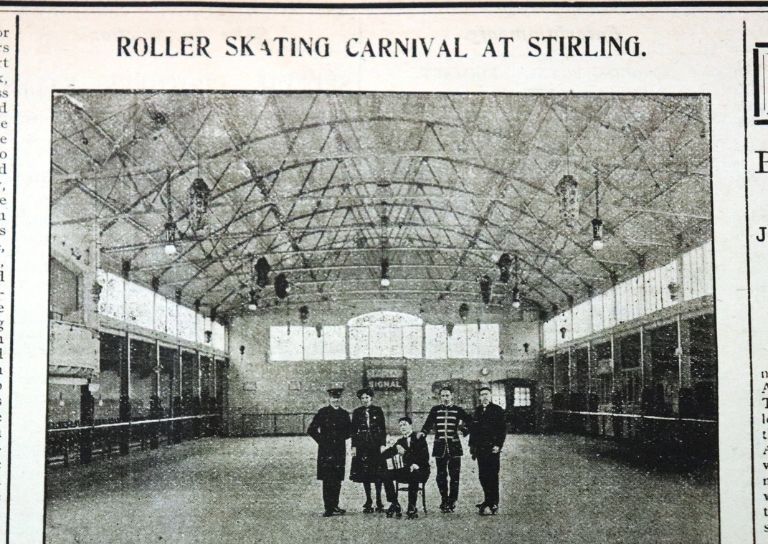
- Laurelhill House and the West Indies
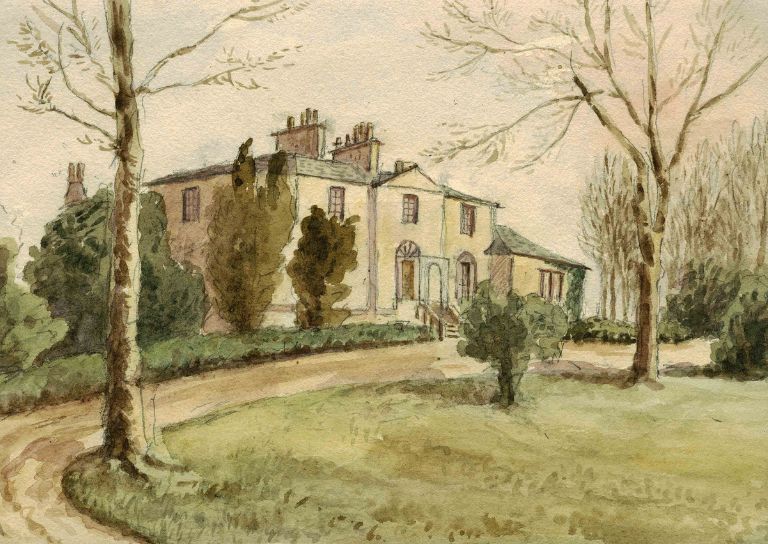
- Beechwood House and the Transatlantic Slave Trade
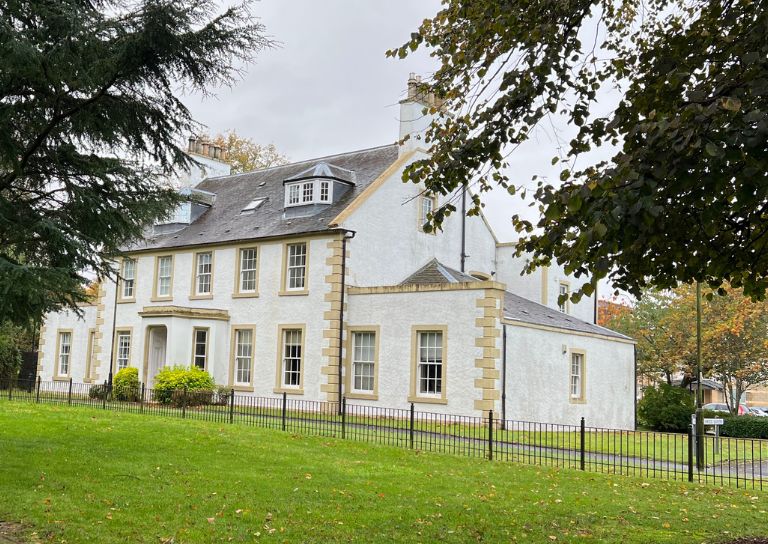
- Retrofitting Traditional Buildings
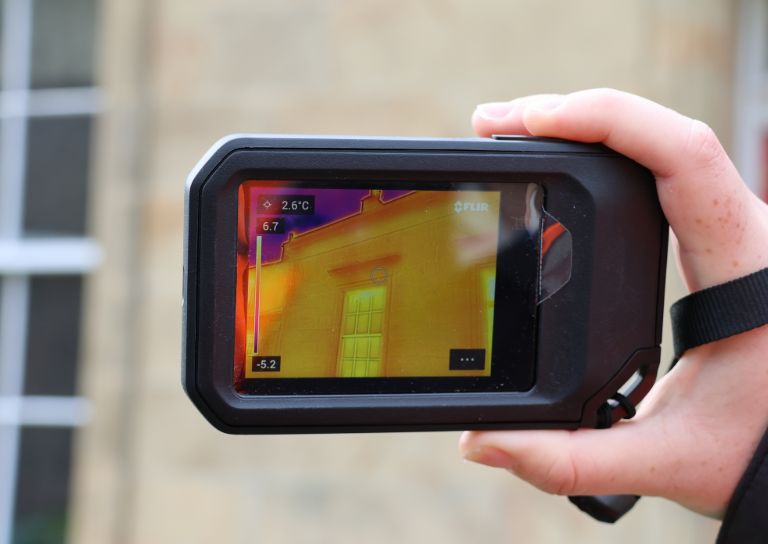
- Building Resilience: Maintaining Traditional Buildings
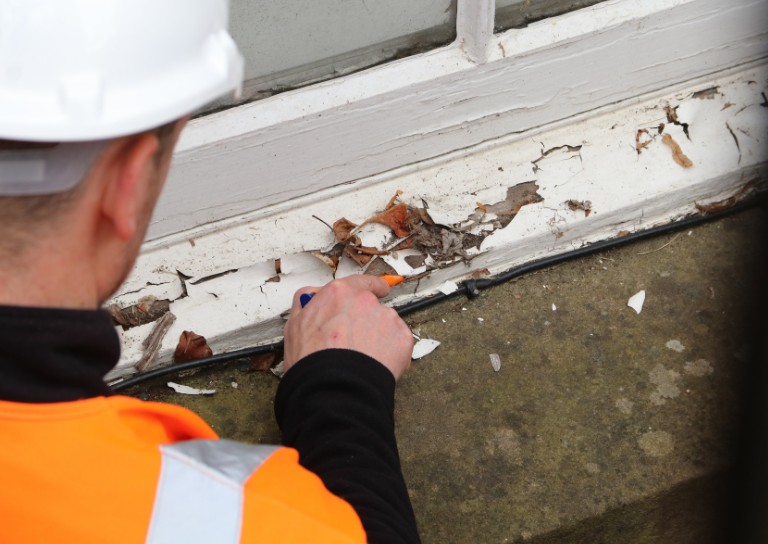
- Shopping Arcades
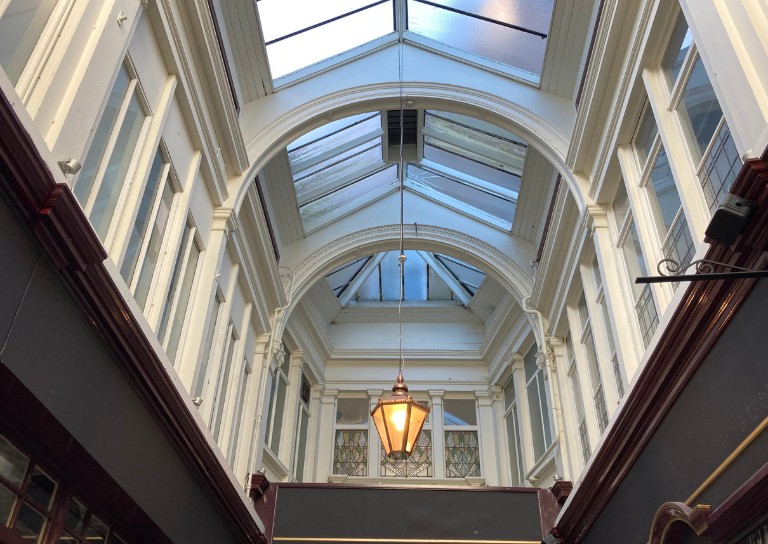
- Retrofitting Traditional Buildings: Fabric First
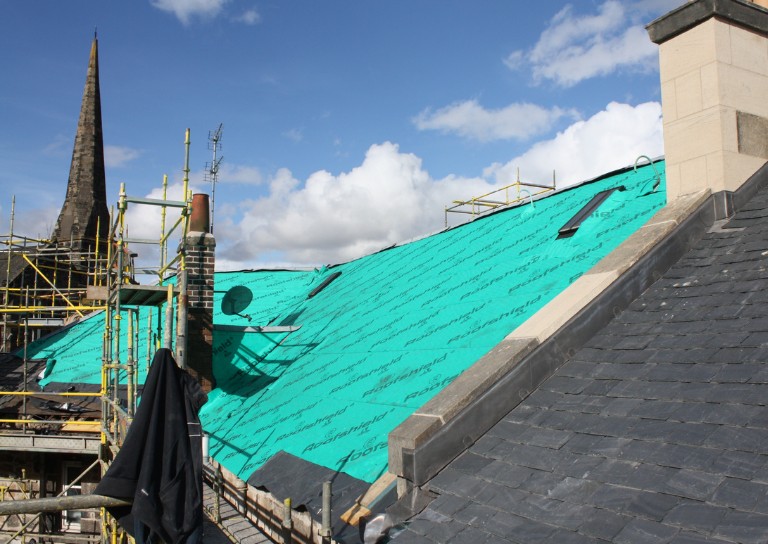
- Stirling Reminiscence Box
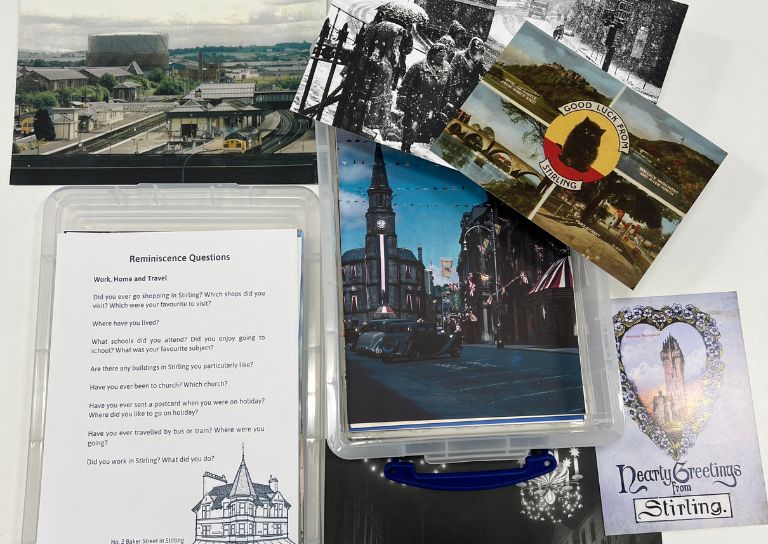
- Level 3 Award in Energy Efficiency for Older and Traditional Buildings Retrofit Course (2 Day)

- New Retrofit Service now available for Traditional Buildings Health Check Members

- Retrofitting Traditional Buildings: Windows
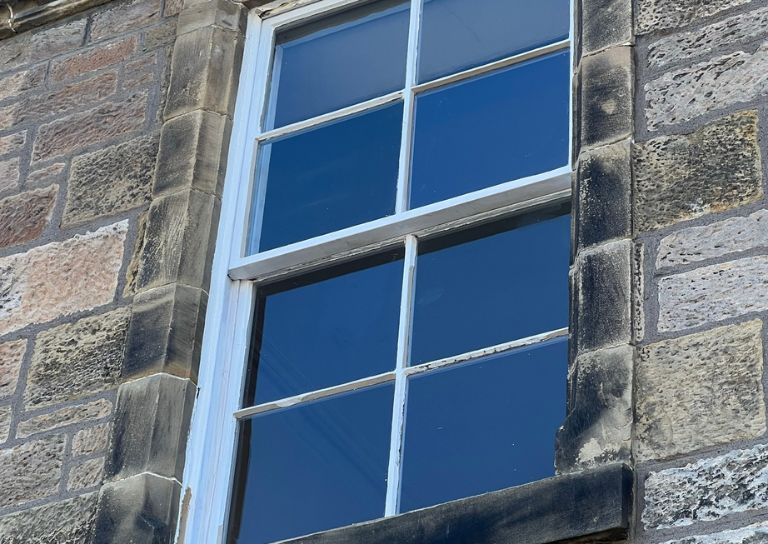
- Architects and The Thistle Property Trust

- Retrofitting Traditional Buildings: Insulation
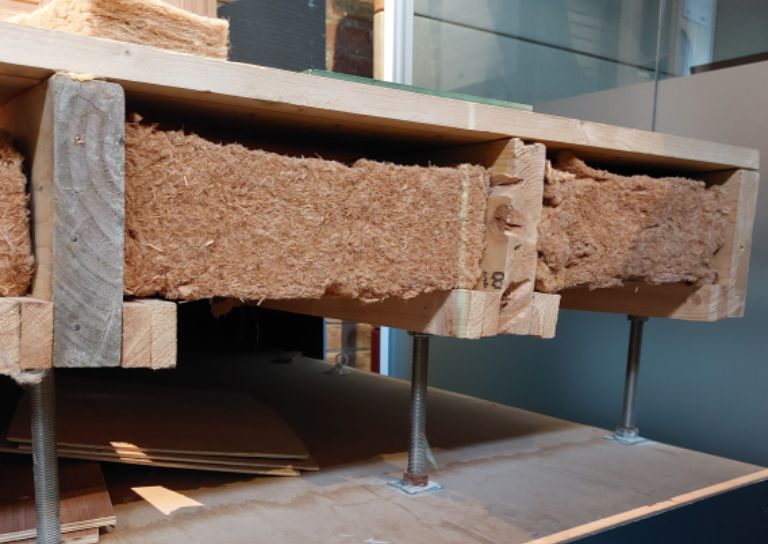
- Stirling City Heritage Trust at 20

- Miss Curror and the Thistle Property Trust
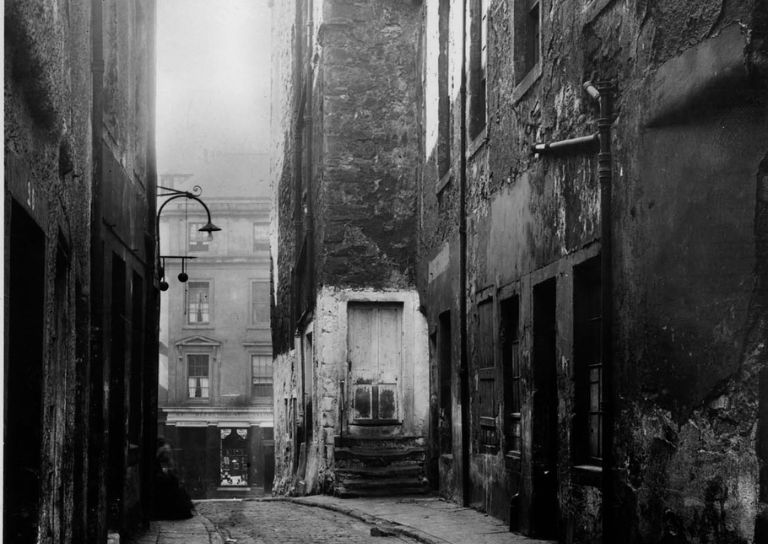
- Retrofitting Traditional Buildings: Chimneys
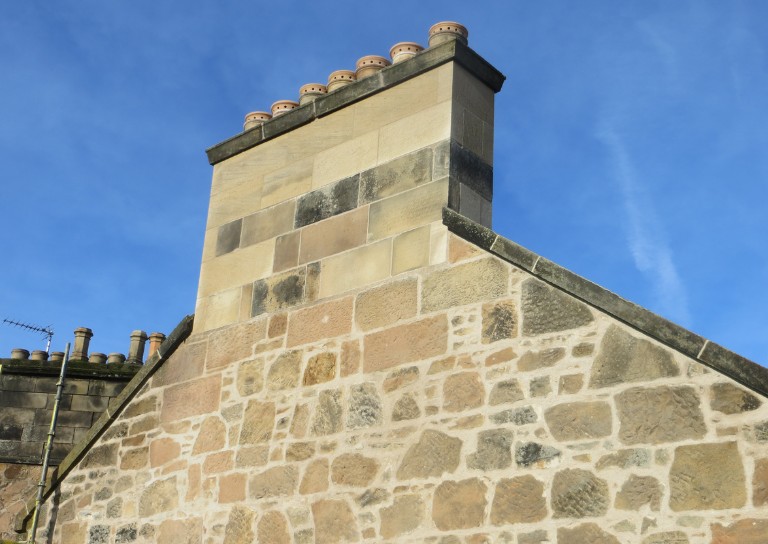
- Statement on Langgarth House

- World Heritage Day: Exploring Hayford Mill
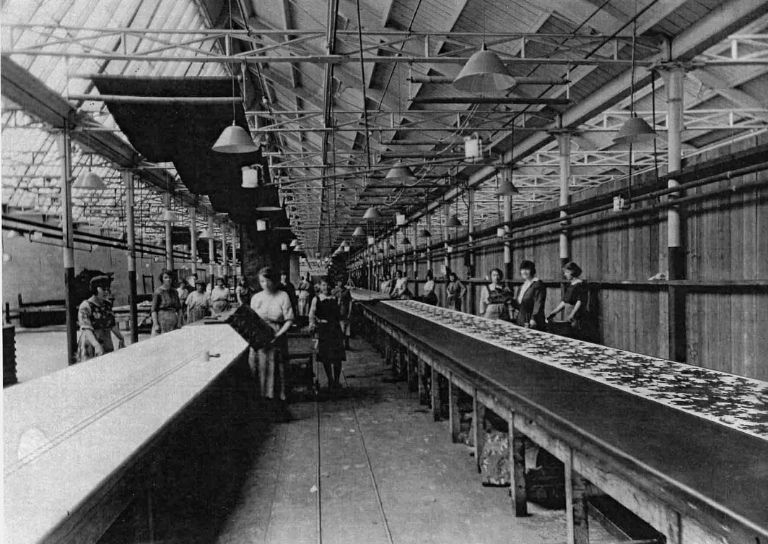
- Retrofitting Traditional Buildings: Climatic Adaptation
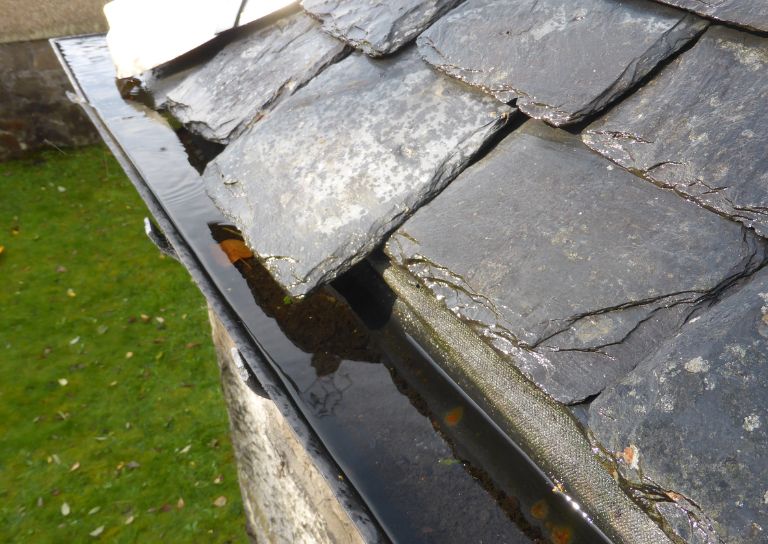
- SCHT 20: Championing Women in Construction
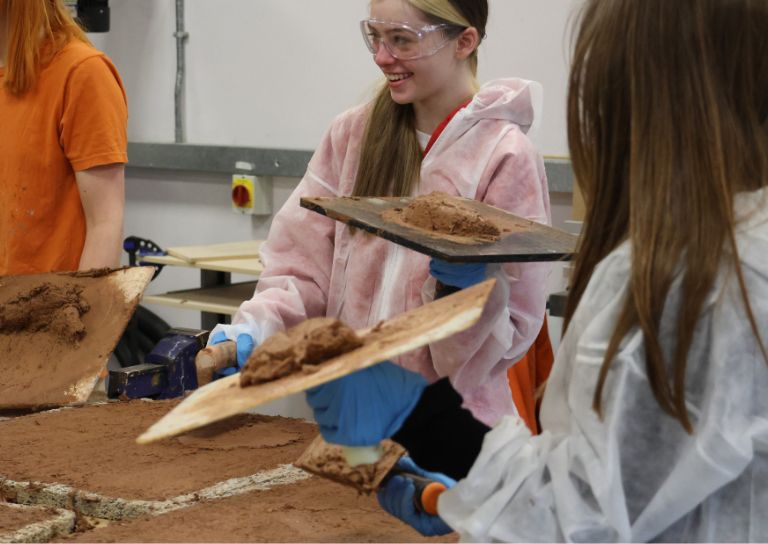
- Guest Blog: Dementia Friendly Heritage Interpretation

- Community Consultation launched for Stirling’s Heritage Strategy

- Stirling's Lost Swimming Pools
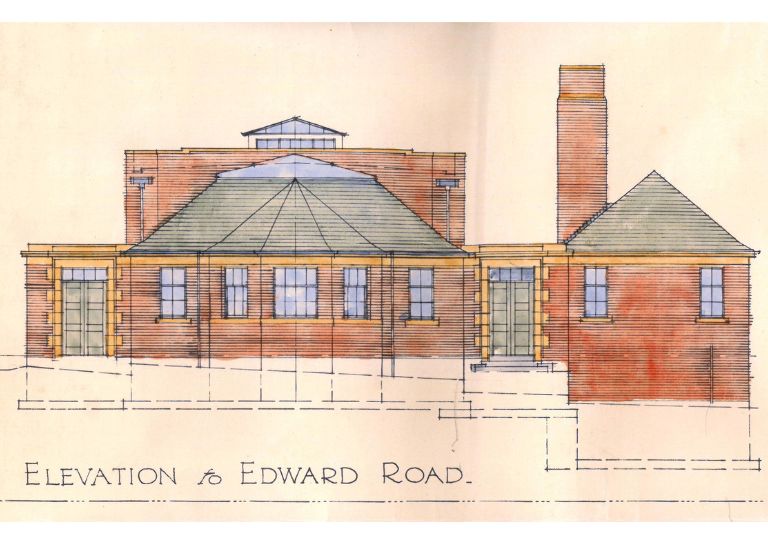
- SCHT Grant Conditions: Owners Associations
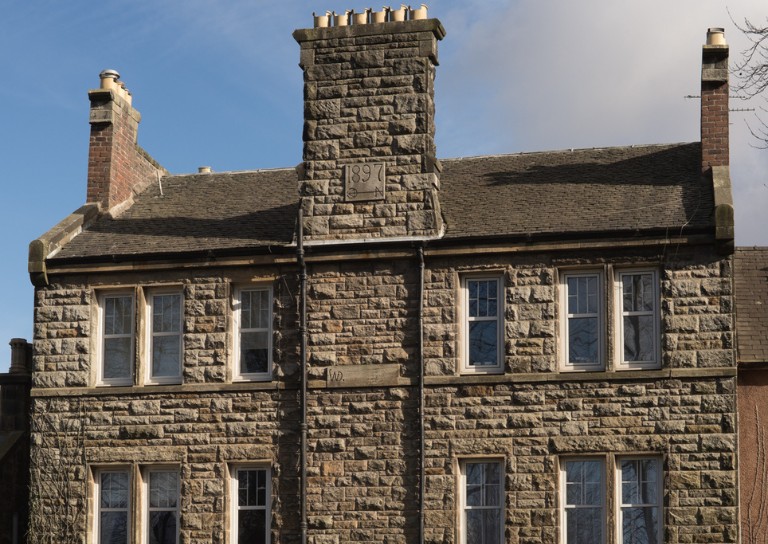
- Kings, Wolves and Drones: 20 years of care and repair at Stirling City Heritage Trust

- SVE Inspire Awards September 2024
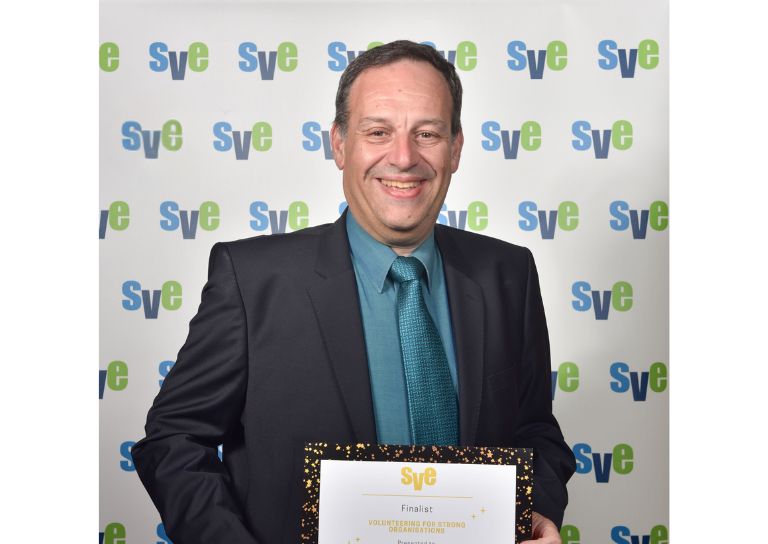
- Women in Construction at Bannockburn House
- About Us
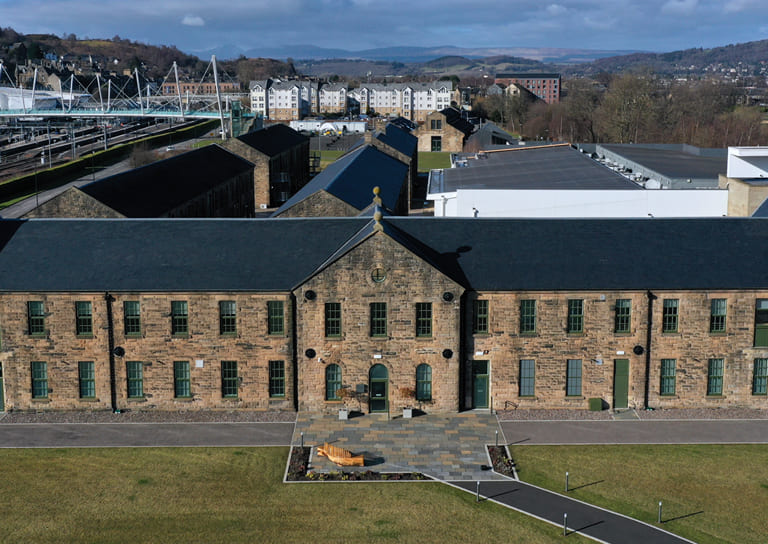
- Support Us
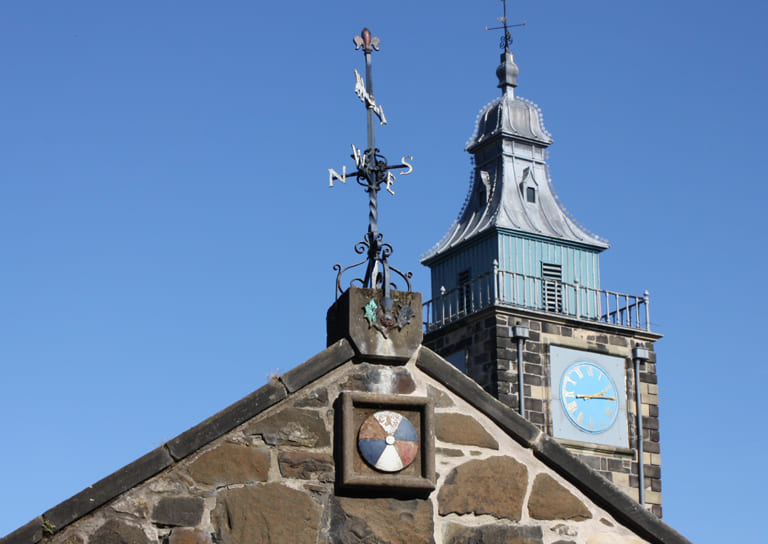
- Contact

Floating Head Sculpture at Garden Glasgow Festival 1988

Many of our Traditional Building Health Check members will remember Richard Groom, who worked alongside me as a Traditional Building Inspector, and who sadly died in February 2019. But did you know that Richard was also an accomplished artist and sculptor? In 1984 Richard Groom qualified from Grays School of Art in Aberdeen with a BA in Fine Art, and his desire to explore natural stone as a sculpture medium led to us meeting four years later.
Our friendship was formed in the dusty environment of a busy stonemasonry yard on the outskirts of Wallyford in East Lothian. Seeking out practical experience of stone carving Richard ended up taking a job with the company I was working for. We were employed as stone carvers and would spend our days standing over a robust table known in the trade as a ‘banker’, producing hand carved ornaments for the repair and restoration of traditional buildings like the Ca’D’oro Building in Glasgow. In 1990 he would join me in my new venture, David Lindsay Stone Carvers, and over the next decade in a small workshop in Granton near Edinburgh, we would go on to supply carvings for many of Scotland’s finest buildings including; Paisley Abbey, Lerwick Town Hall and Jenners Department Store in Edinburgh. Other examples of our work can be found in various cities across the UK and even as far afield as Denmark and Japan.
During those early days in the Wallyford stoneyard we had no idea we would be working together for the next 12 years. Neither of us imagined the long and varied careers in the heritage industry that lay ahead of us, and in 1988 Richard’s ambitions lay elsewhere. Carving stone was just part of the learning curve for him, ultimately, he wanted to create sculpture.
Unlike most of his new work mates, Richard had not followed the usual apprenticeship route into the stone industry, and we were keen to learn about his past. So, during a lunch break, over a Lorne sausage roll and a mug of tea, he told us about the sculpture he had recently created for the Glasgow Garden Festival, held between April and September of 1988; he called it ‘Floating Head’.
Artists across Scotland had been invited to submit proposals for one of the five major pieces of public art that would be displayed at the Garden Festival. Inspired by the enormous carvings on Easter Island, Richard had envisaged a giant head facing upwards and floating on the Clyde. He sketched out his design proposal, and submitted it for consideration, not really expecting to be shortlisted for selection. The offer of a commission was a day for celebration, but of course he now had to turn his vision into a reality, and that would be no easy task. He knew little about fluid mechanics or buoyancy; he would need expert help, and there was no better people to get it from than the shipbuilders still working on the Clyde.
Floating Head was to be constructed of ferro concrete, a type of reinforced concrete used in ship building since the 1840’s. The same method had famously been used to construct the Mulberry harbours floated across the English Channel for the D-day landings. Working with Govan Shipbuilders Ltd, Richard enthusiastically set about fabricating his sculpture over the hull of a boat using welded steel and wire coated in concrete. For the men of the shipyard, the project would provide a welcome distraction from worries relating to the decline of their industry.
After several weeks of hard work, the sculpture was ready for sea trials. Filled with excitement, and not a little trepidation, Richard transported it to the waterside where it was lifted by crane into the River Clyde, once home of the finest shipyards in the world. The term Clydebuilt had become an industry benchmark of quality. His excitement was short lived and replaced by disappointment as he watched his sculpture sink. It was lifted out of the water and returned to the shipyard where flaws in the concrete coating were identified as the cause of water ingress. The sculpture was quickly repaired and after subsequent successful water tests, ‘Floating Head’ was towed up the Clyde and became a popular attraction for the duration of the Garden Festival. By the time the festival had finished, Richard had already moved on to other projects and the fate of his sculpture was to be decided by others.
In the Spring of 2019, Richard’s brother Andy, hoping that the sculpture had survived, traced it to a Clydeside boatyard. He discovered that at the end of the Garden Festival it had been floated further down river to a scrap yard, where it was to be broken up and disposed of. Fortunately for us, it was rescued by the owners of the nearby boatyard and moved to its current location where, aside from some minor damage and graffiti, it appears to have survived the years in surprisingly good condition.
‘Floating Head’ is now the subject of a proposal to relocate and permanently display the sculpture, to celebrate the legacy of the Glasgow Garden Festival, and to act as a memorial for Richard Groom. Sculpture Placement Group and Glasgow Science Centre are currently working in partnership with Richard’s family to find a suitable location and to explore sources of funding for the project. At the time of writing, enough money has been raised to commission essential repairs and to relocate the sculpture to a temporary site in the Canting Basin at Govan Docks, tying in with Scotland’s Year of Coasts and Water. The search continues for a permanent home where ‘Floating Head’ can be enjoyed by the public on a permanent basis, and a Crowdfunder campaign will soon be launched to help raise funds for the relocation.
As we emerge blinking into the sunlight from the COVID-19 pandemic, interest in ‘Floating Head’ seems once again to be growing. Glasgow City Heritage Trust recently tweeted about their involvement in the project, and one of the replies included a YouTube link to a fascinating short documentary produced by University of Strathclyde that Richard’s family and I had not seen before. You can watch it below (Richard appears around 19 mins).
Hopefully, Richard’s iconic ‘Floating Head’ will be on public display again soon. I believe it will be a fitting memorial and a worthy addition to a body of work that deserves to be recognised. Richard may never have fully realised his ambitions as an artist, but he is remembered by many as one of the most talented artisans that Scotland has produced.
Written by David Lindsay (stone carver and building surveyor)
For more information about the Floating Head project visit Sculpture Placement Group’s website at www.sculptureplacementgroup.org.uk.



